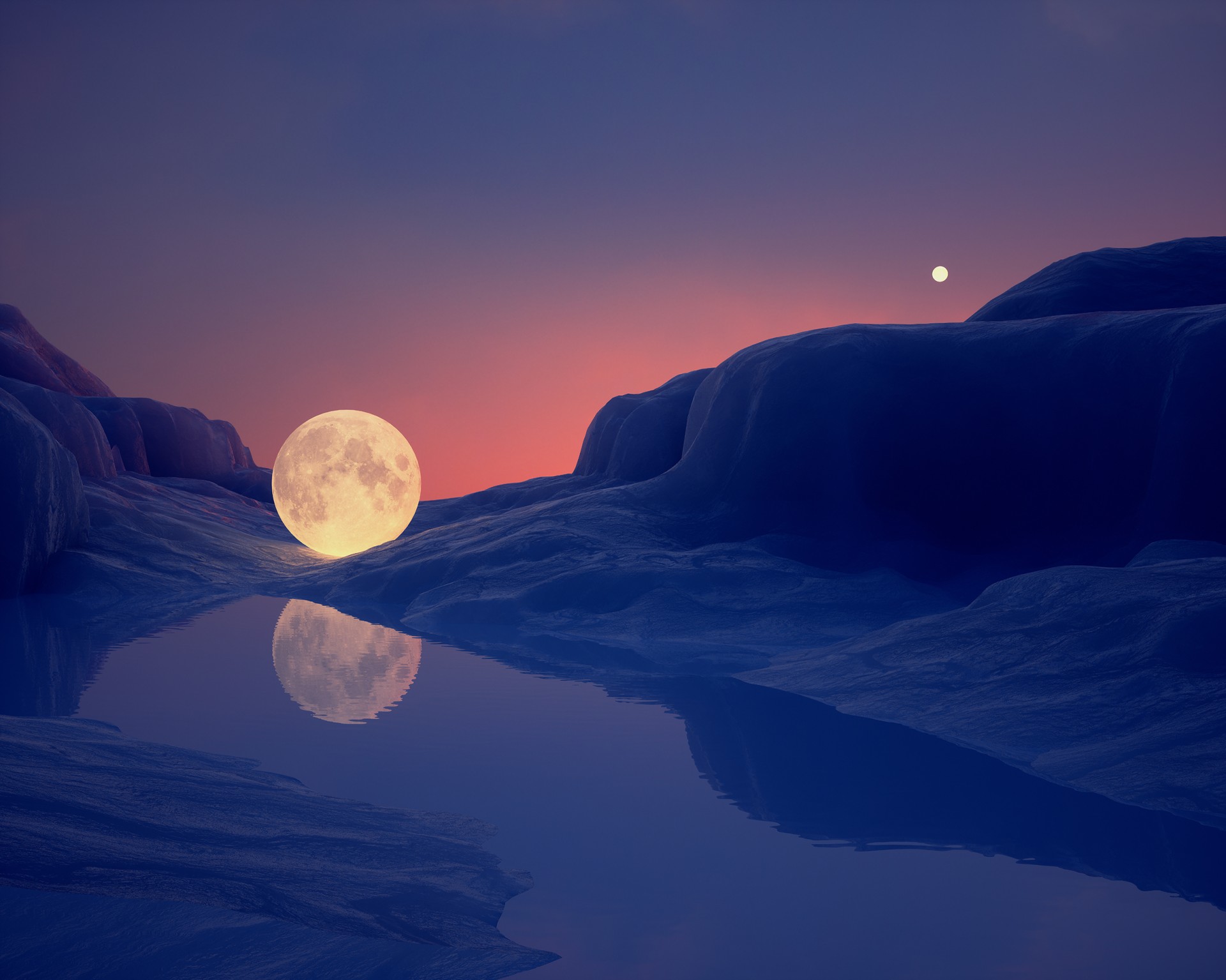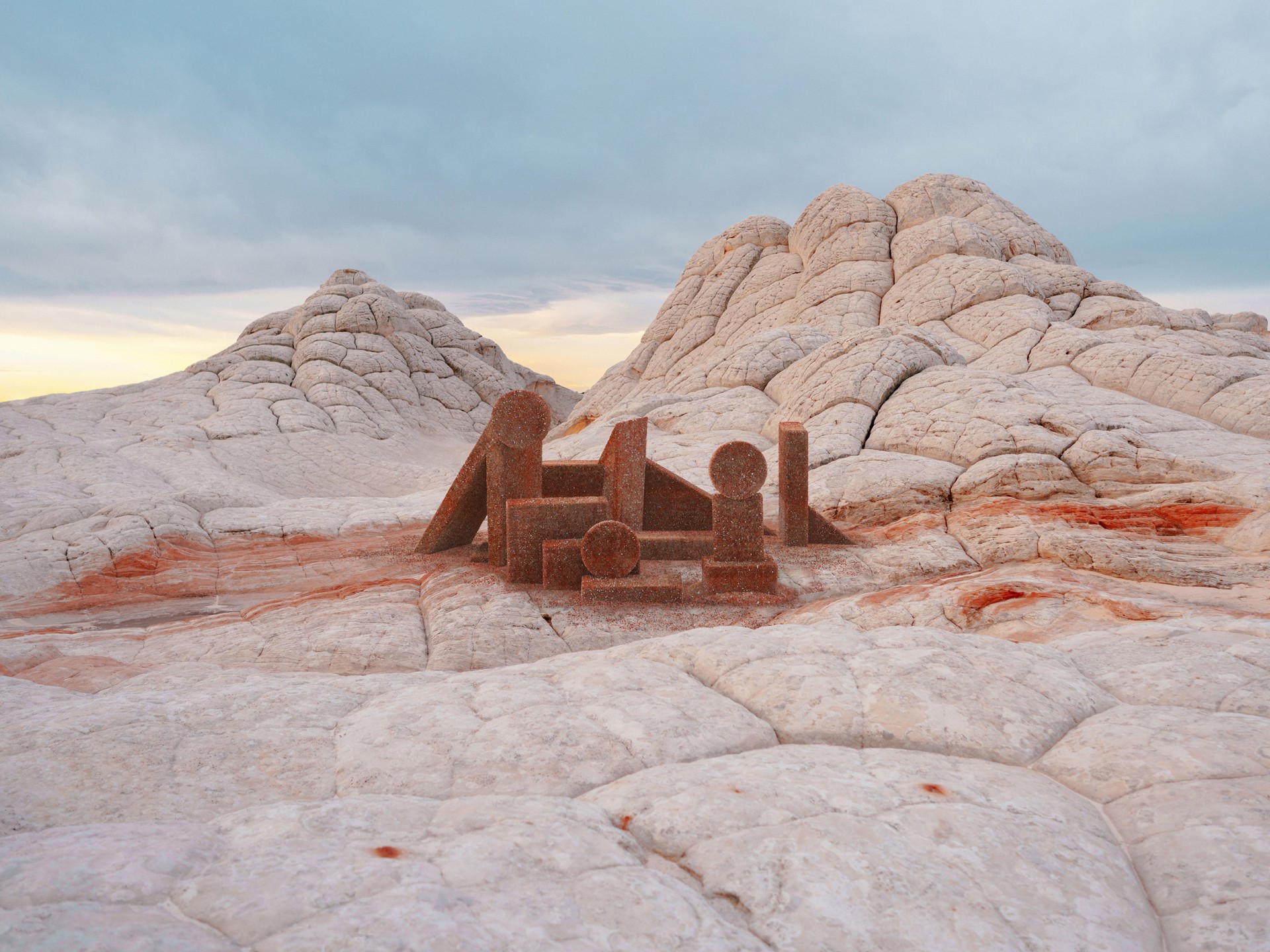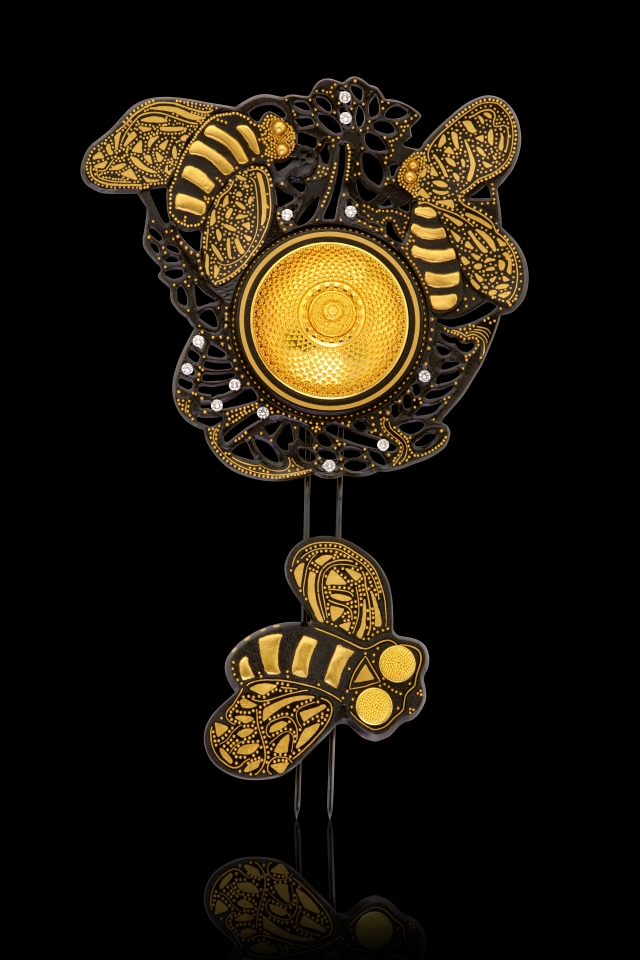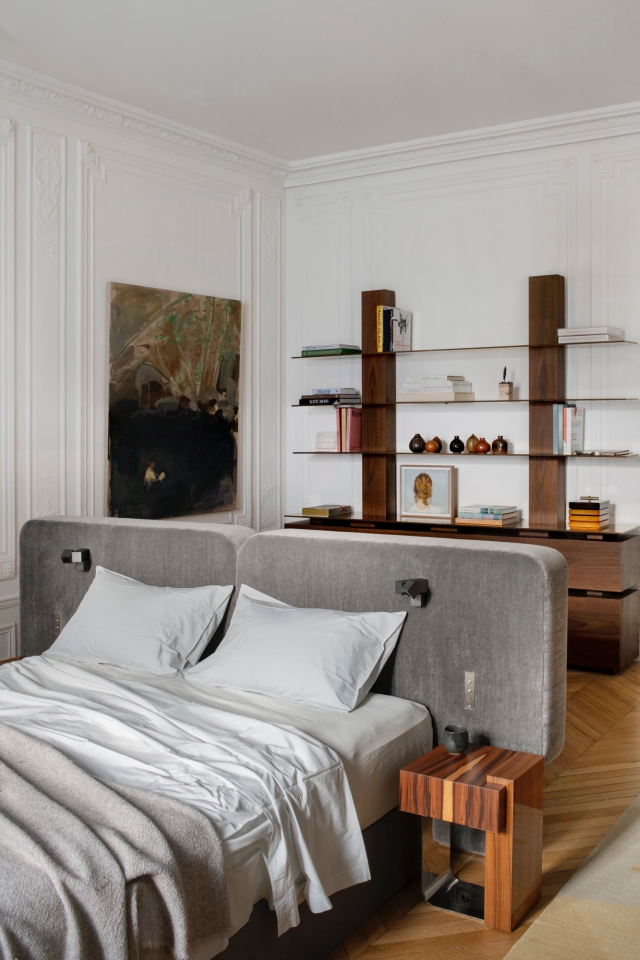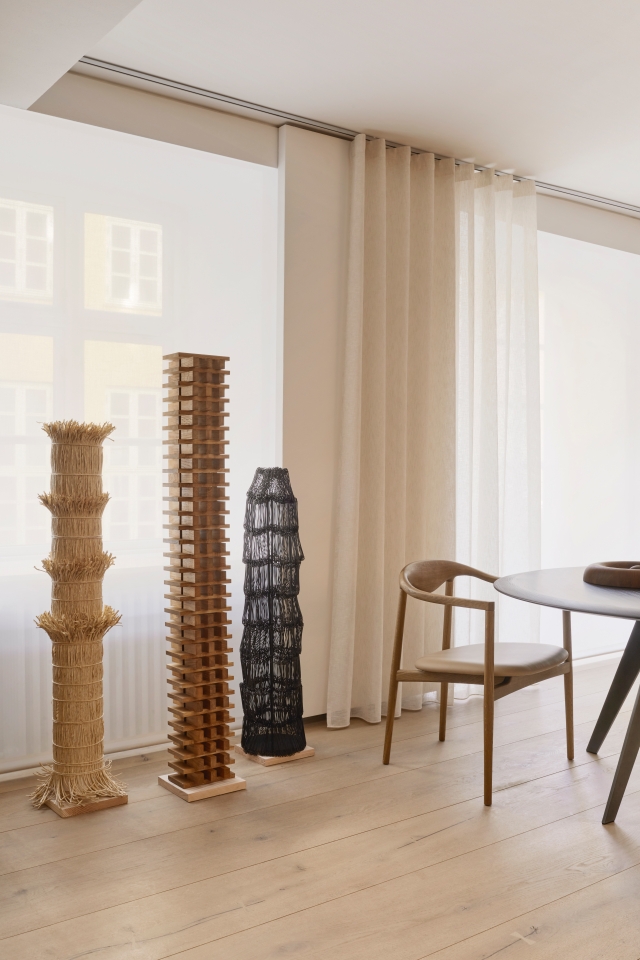Six N. Five is the studio of Ezequiel Pini’s - an award-winning Argentinian designer and digital artist based in Barcelona. Since 2014, Pini has specialised in creating digital and real world experiences with a clean and modern aesthetic. In addition to having worked with the most recognized brands and creators, their trajectory and artistic works have been pioneers in their field. From the beginning, his main goal was to legitimise CGI as a new medium of artistic expression. Nowadays we could say that this is already happening. Their refined imagination, poetic compositions, edgy minds, and sleek skills make Six N. Five stand out in its uniqueness and purity of results. We find out more from Pini himself on his vision and trajectory of his inspirational company.
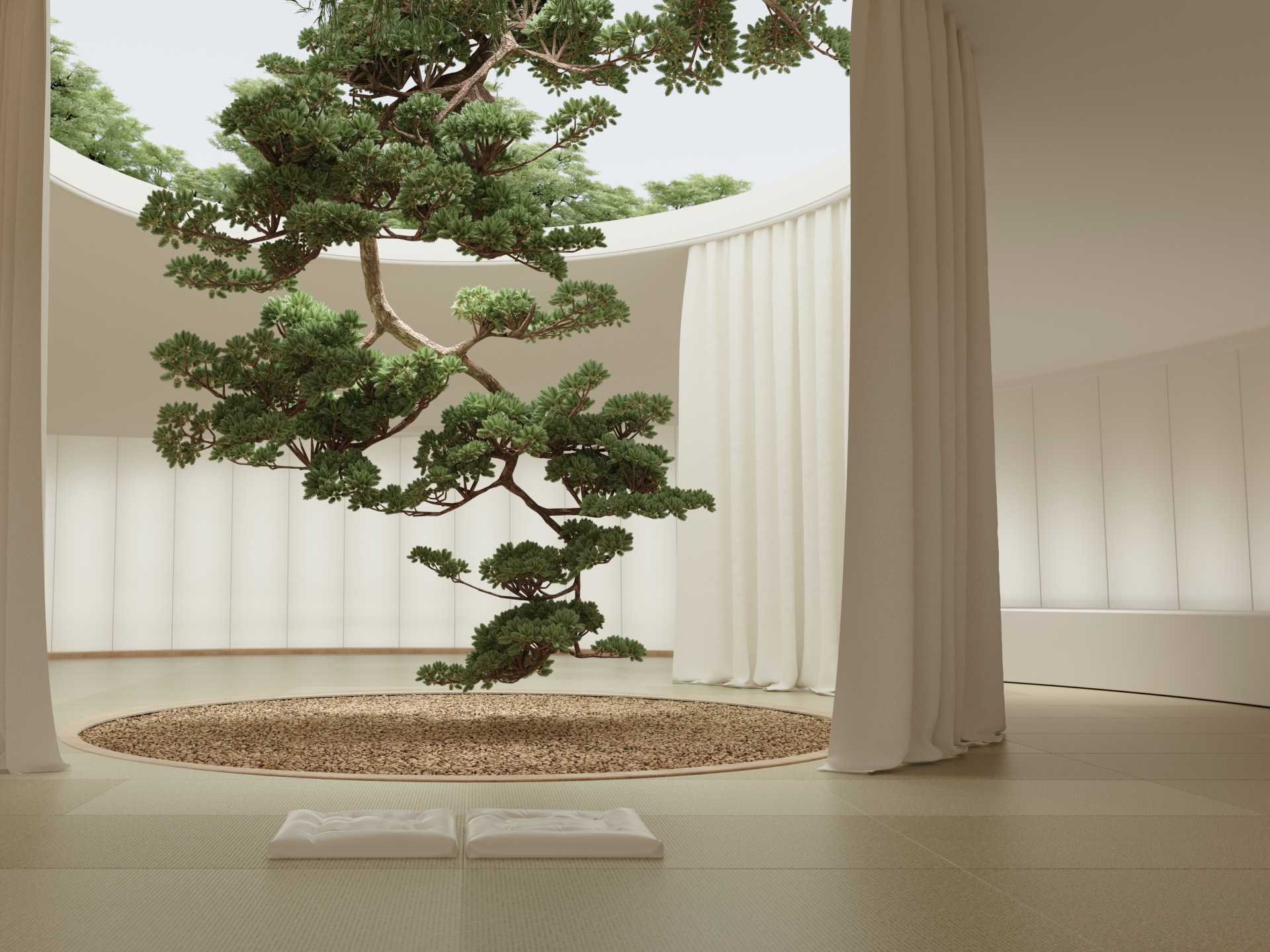
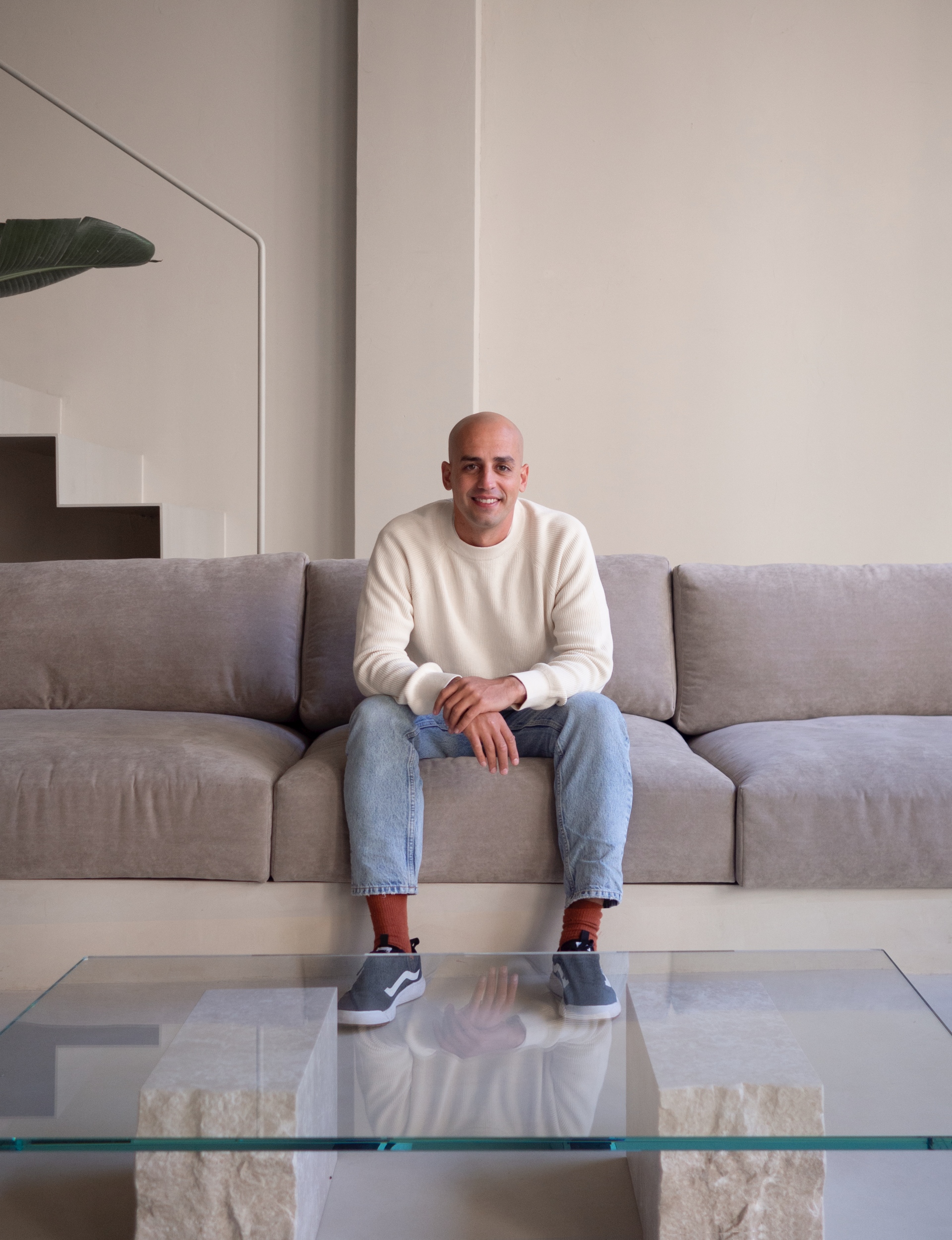
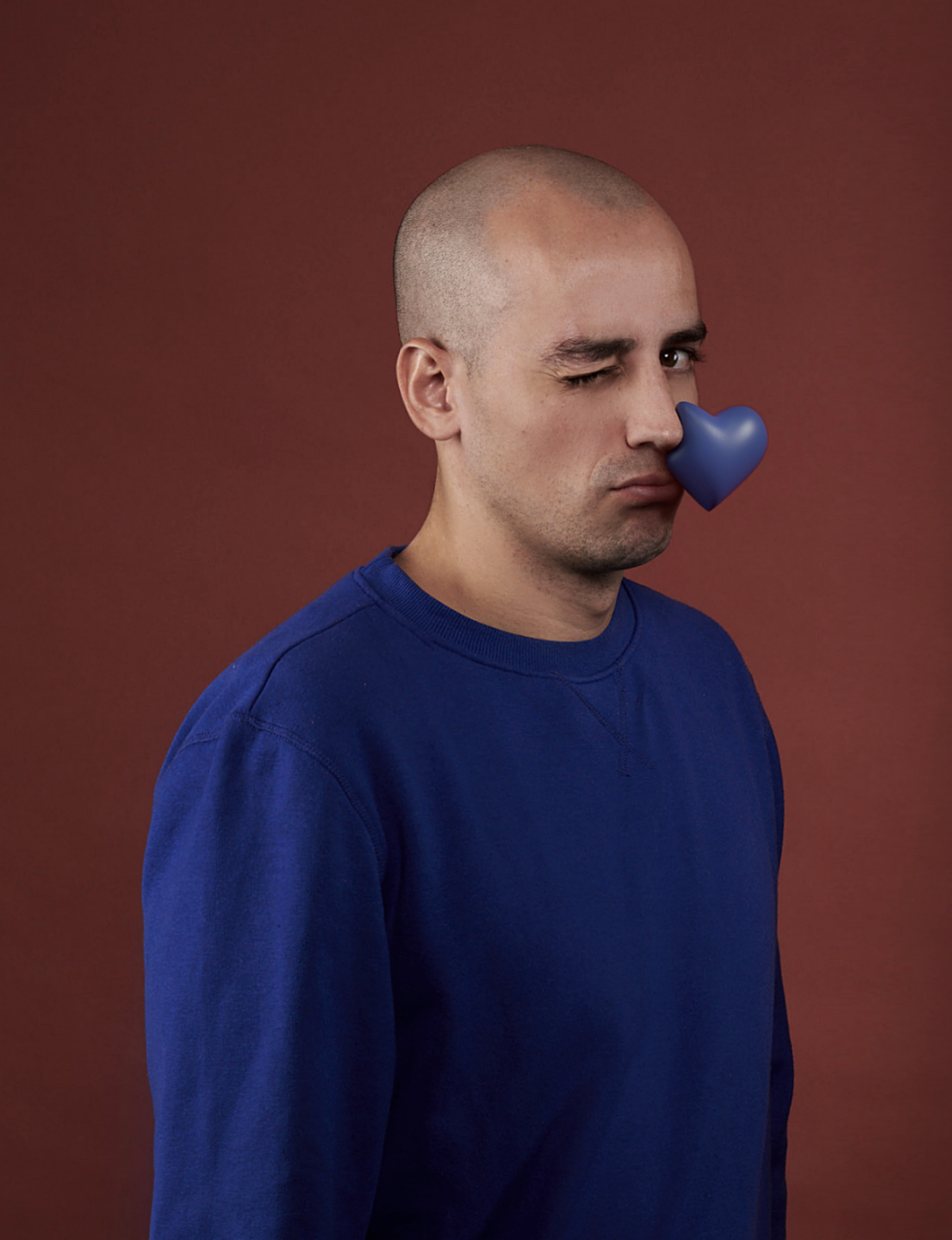
Can you share with us a bit of your background and your journey to becoming a designer and digital artist? Subsequently how did this lead to the birth of Six N. Five? Is there any special meaning behind the company name “Six N. Five”?
Six N. Five is a multidisciplinary design studio founded in Buenos Aires in 2014, now based in Barcelona since 2016. We specialise in still visuals and animation films with both a clean and modern aesthetic. My background comes from graphic design so I consider myself a graphic designer using a powerful and non-limited tool which is the 3D, which lets us create realistic imagery. Some years ago, I had the experience of living and working in Madrid for a period of 6 months. That beautiful experience of living out of my country was always in my mind. That is why two years later Six N. Five was born, and having most of our clients outside our country, we thought that was a good moment to move and to have new experiences overseas. We created Six & Five with the hopes of being a link between design and the art world. Those two are inherently and historically connected, but as the years have passed by, they have become increasingly isolated, as though they were never related in the first place. We are striving to help reconnect them. The soul of the studio tends to be placed in the frontier between art and design and our mission is to legitimize CGI as a new medium for creative self-expression.
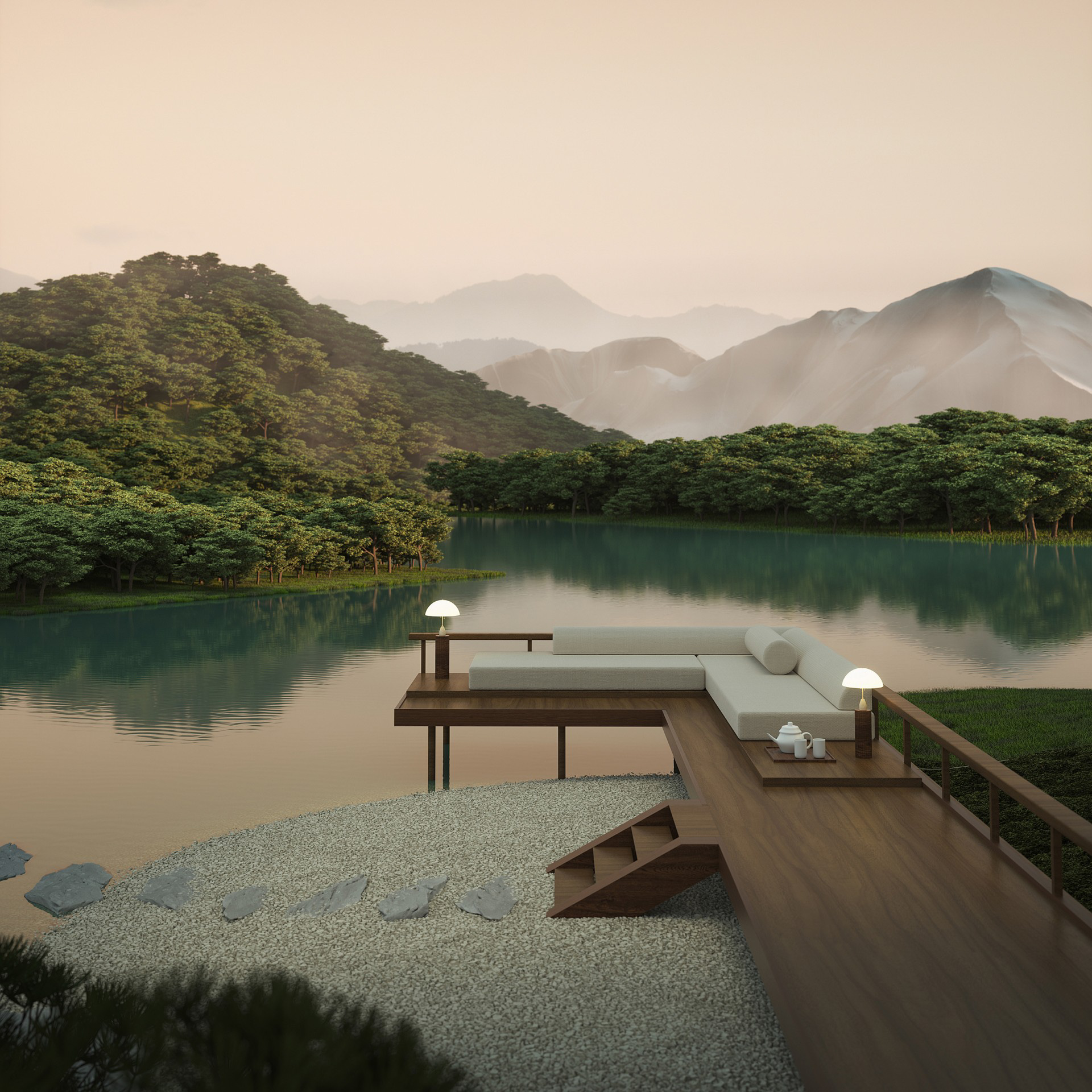
Why these numbers? They have an exact connotation of 06:05 pm, the five minutes after finishing a workday, and on our way home to do what we love the most.
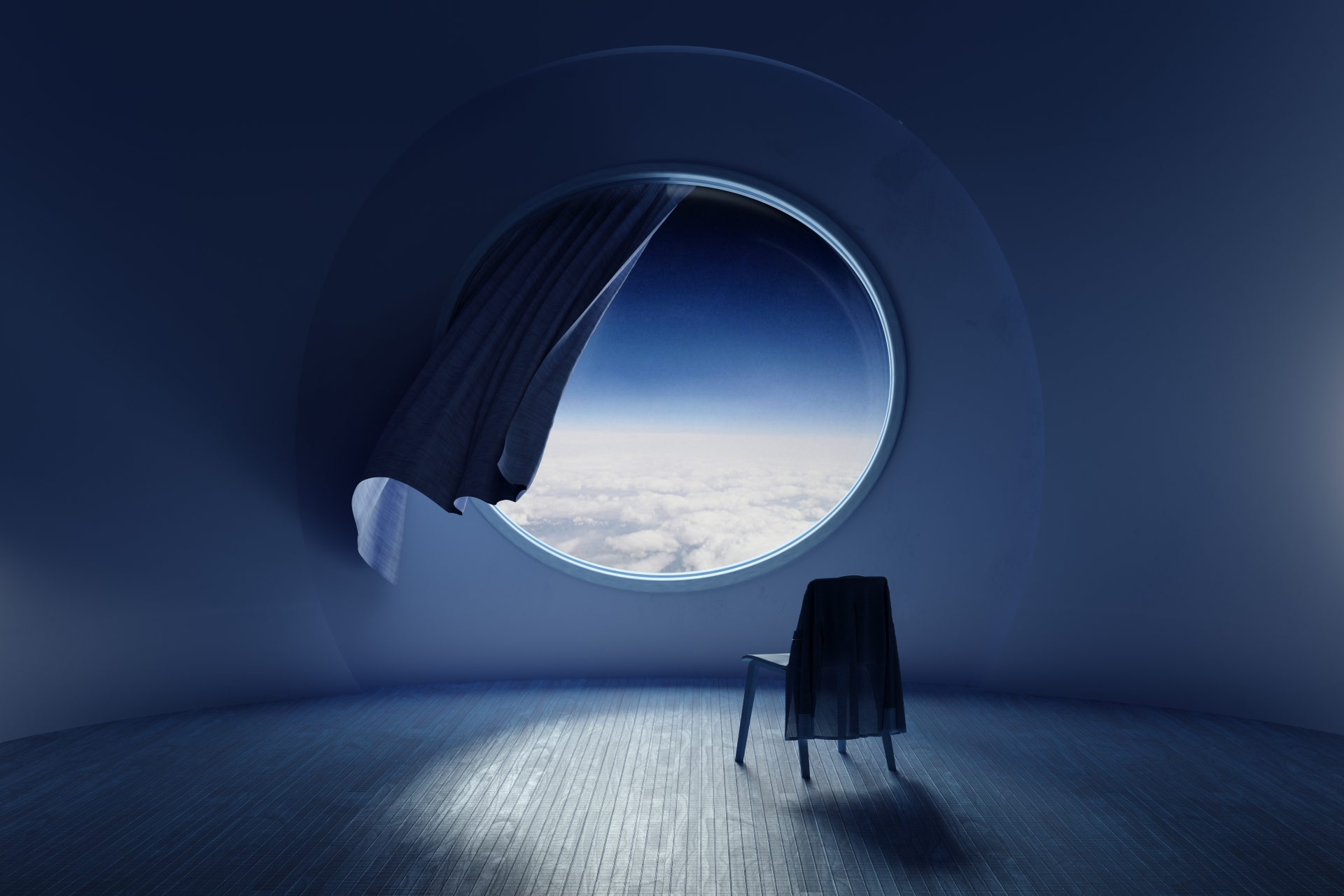
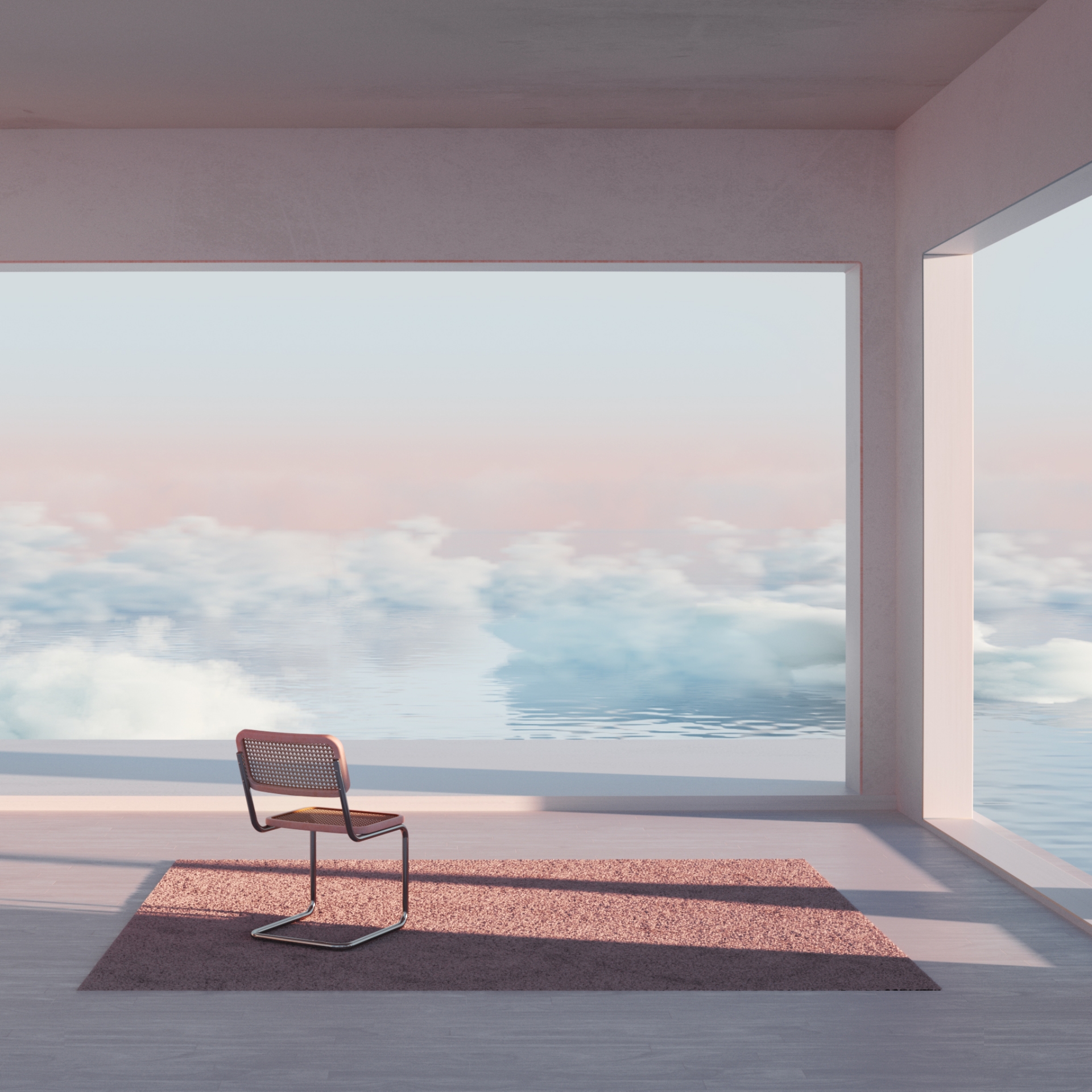
What and who inspires you creatively?
As a designer I consume a lot of images every day, the result of my work is mostly also about images, so I try to consume as much as possible in any field related to design. We find inspiration from everywhere, and I think most of the things we see every day can be taken. Working with 3D provides us the significant advantage of combining textures and shapes and placing them together in a space I would like to be. And this is what I call the ‘magic factor’ because we can show it with realistic results.
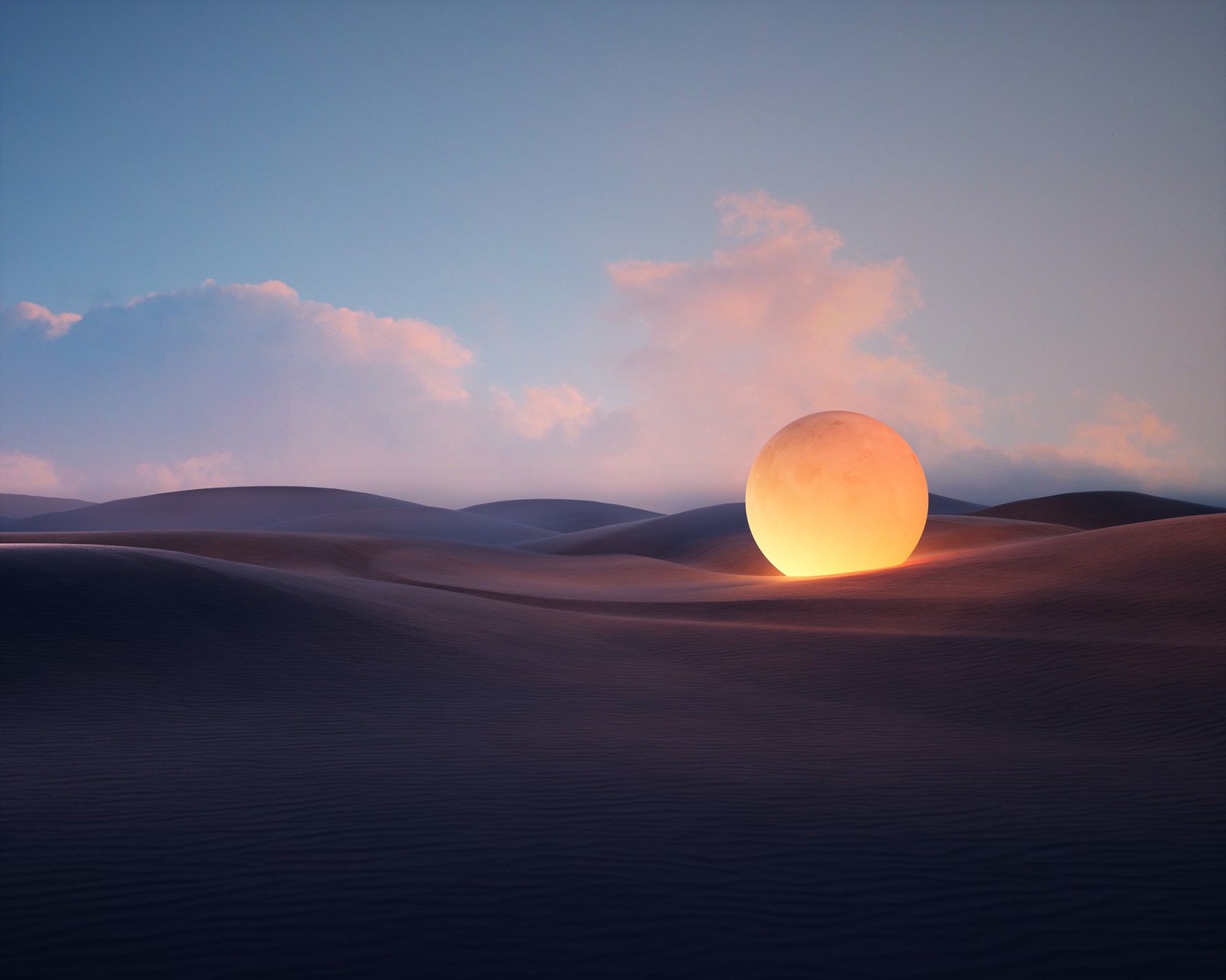
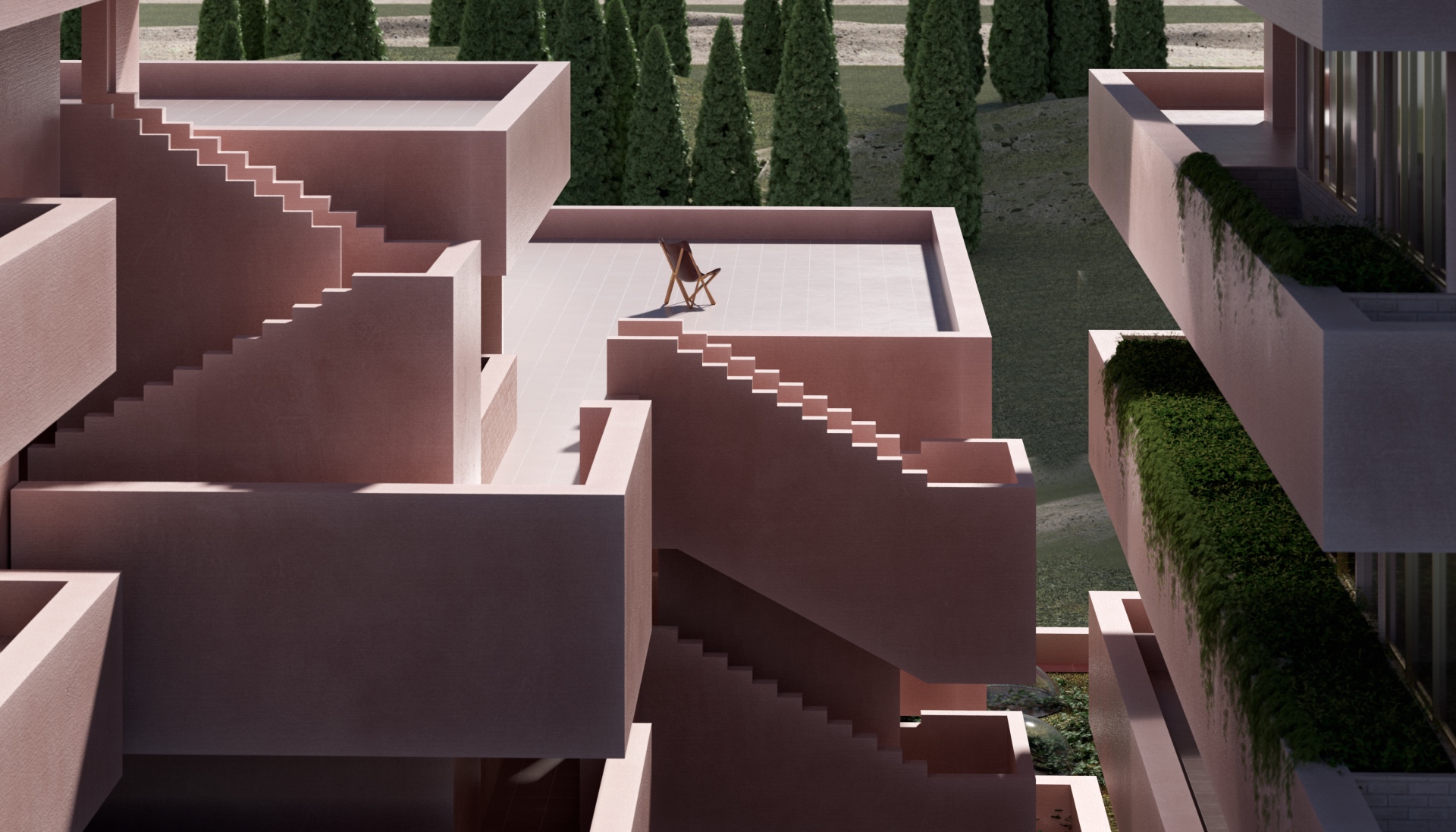
As for who I feel inspired by, I would mention Ricardo Bofill and Daniel Arsham, not only because of their work and mindset but also because I had the pleasure to work with both of them. Despite Ricardo Bofill’s designs being made many years ago, he has influenced a lot of my work and many designers and architects in general. Daniel Arsham is my favorite in the contemporary art field. He has a very particular and versatile style that allows him not only to bring his work to the best galleries and art exhibitions, but also to collaborate with the most prestigious brands, and from my point of view, this is part of the new generation of artists.
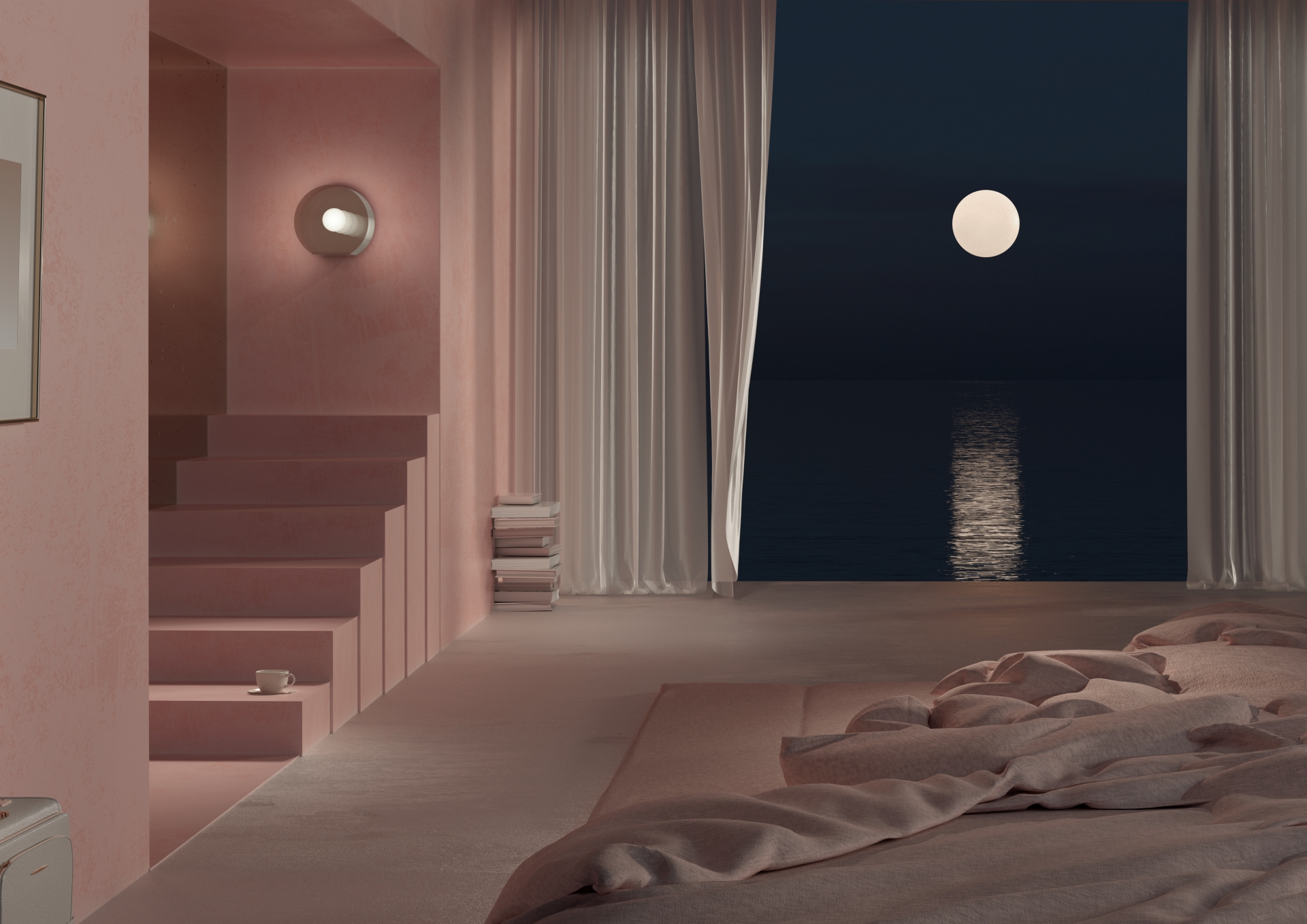
What are your favorite themes to explore through your art and why?
I may say, Architecture, Interior Design, Industrial design, Traditional and Digital Arts in general, Automotive Design, and Fashion Design, are some of the main fields I’m most interested in. My favorite projects are those where we have enough time for free explorations. We really enjoy that freedom. We enjoy the first steps of the creative process, I mean just a small brief, a few words, and some key references are enough to make us start. Then go on exploring the main concept and having the freedom to dig into different artistic directions is very important for us because the whole thing allows us to find new aesthetics, and honestly, the best ideas sometimes come by accident during the process. I love it that after a few days of trying something new, suddenly the right concept arises by accident, and that requires time to get to that point having no pressure whatsoever.
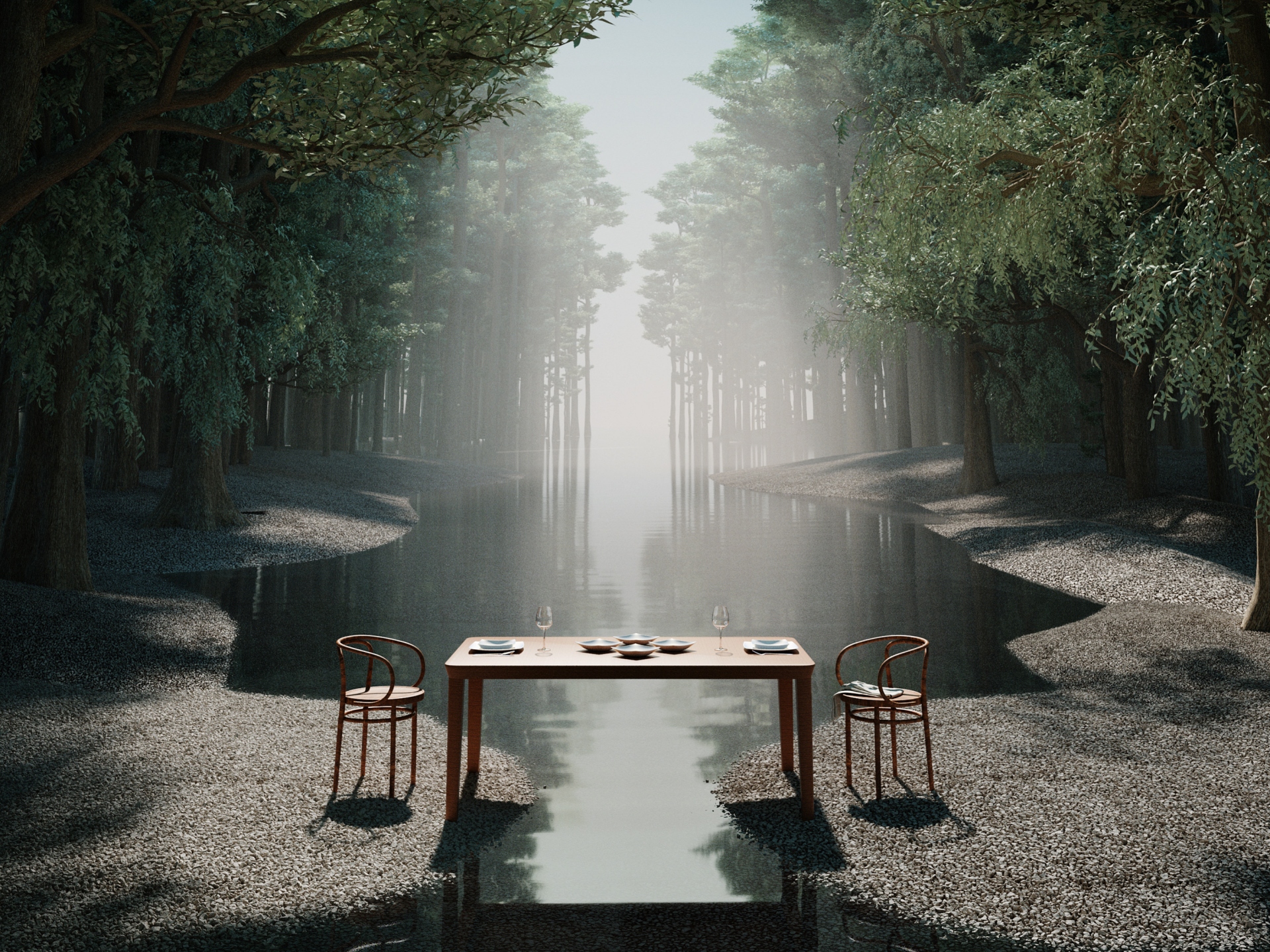
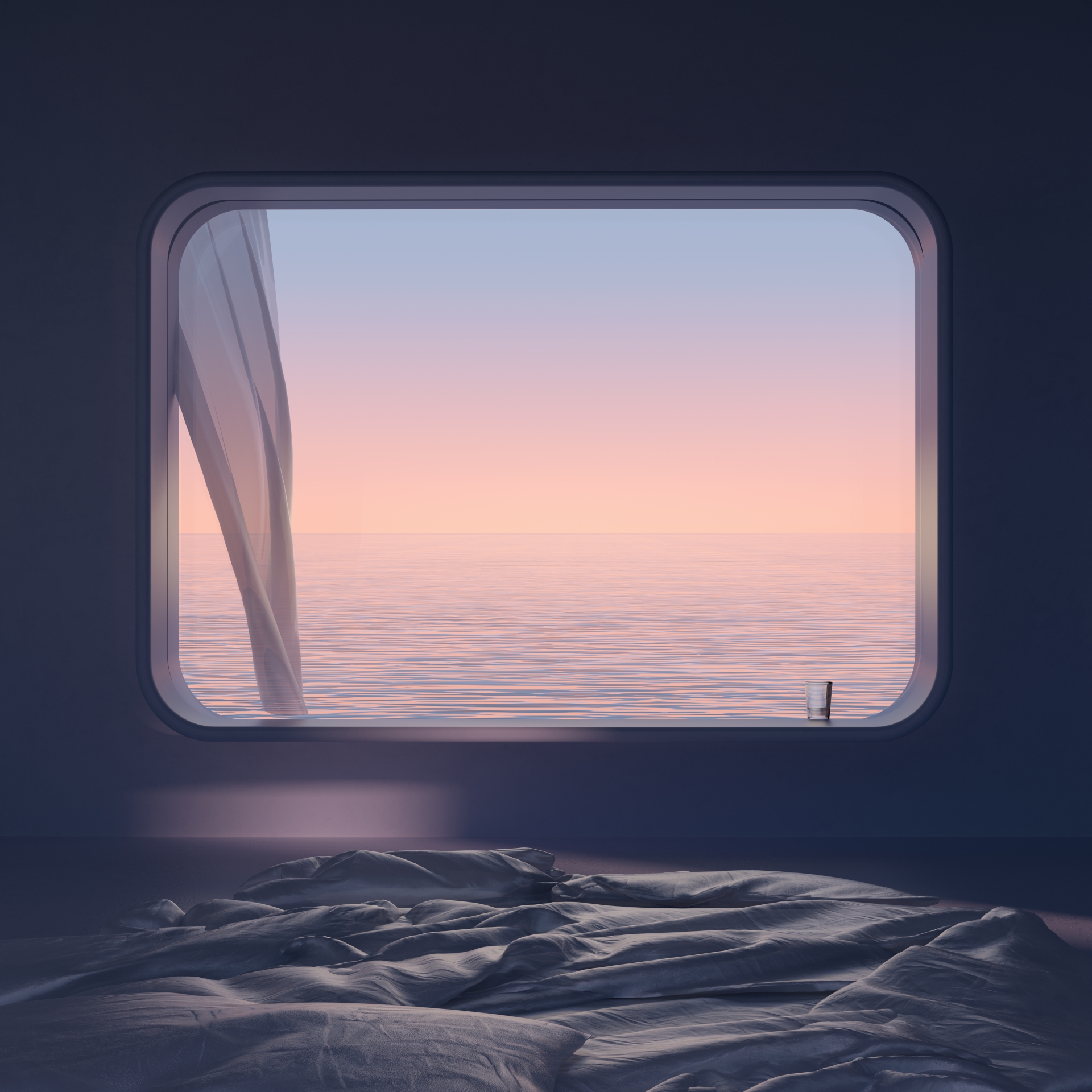
Do you see your work as a way to escape reality? Or is it a medium to reconstruct a desired reality?
We all are sometimes very absorbed by our daily routine. Taking the bus, going to work, going to the same places and spaces almost every day. I think it's very nice to be able to escape from reality for a while, even if it's only through an image or video, or a virtual reality experience. Being able to create new spaces and experiences through images or videos that allow us to imagine something different from what we are used to; be it a space or a situation in which unexpected things happen, that can be related to the oneiric; is one of the things that comforts and thrills us the most.
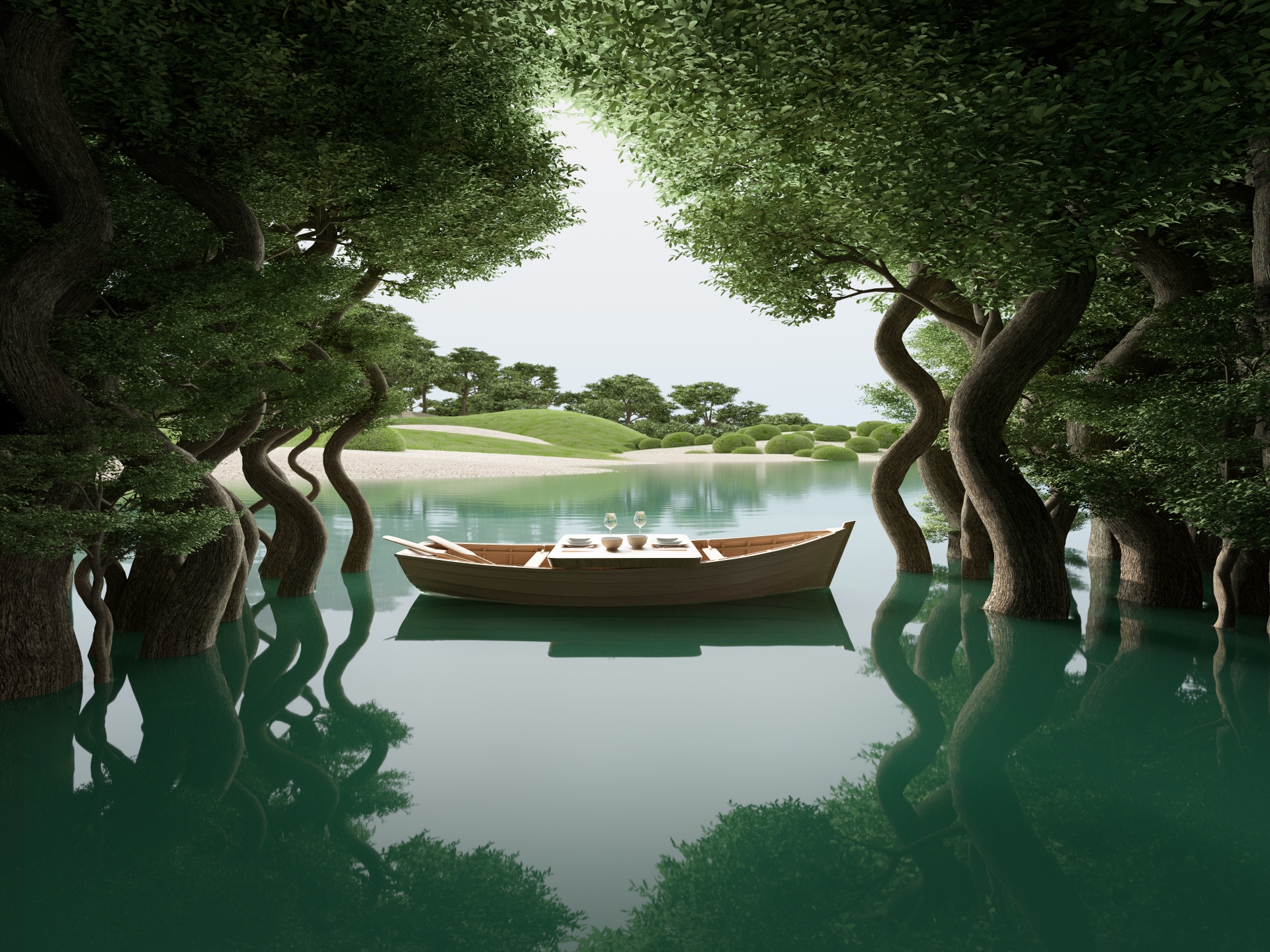
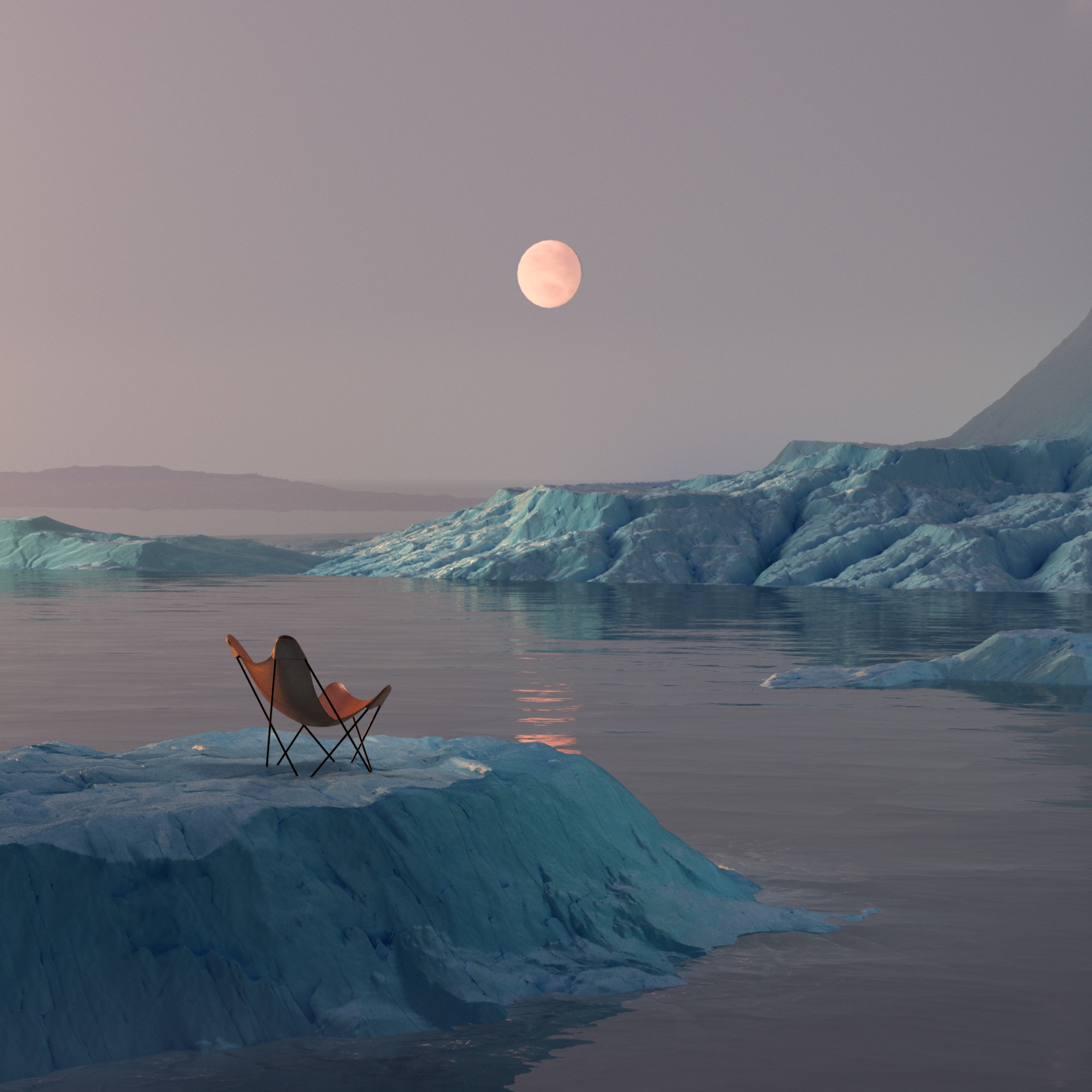
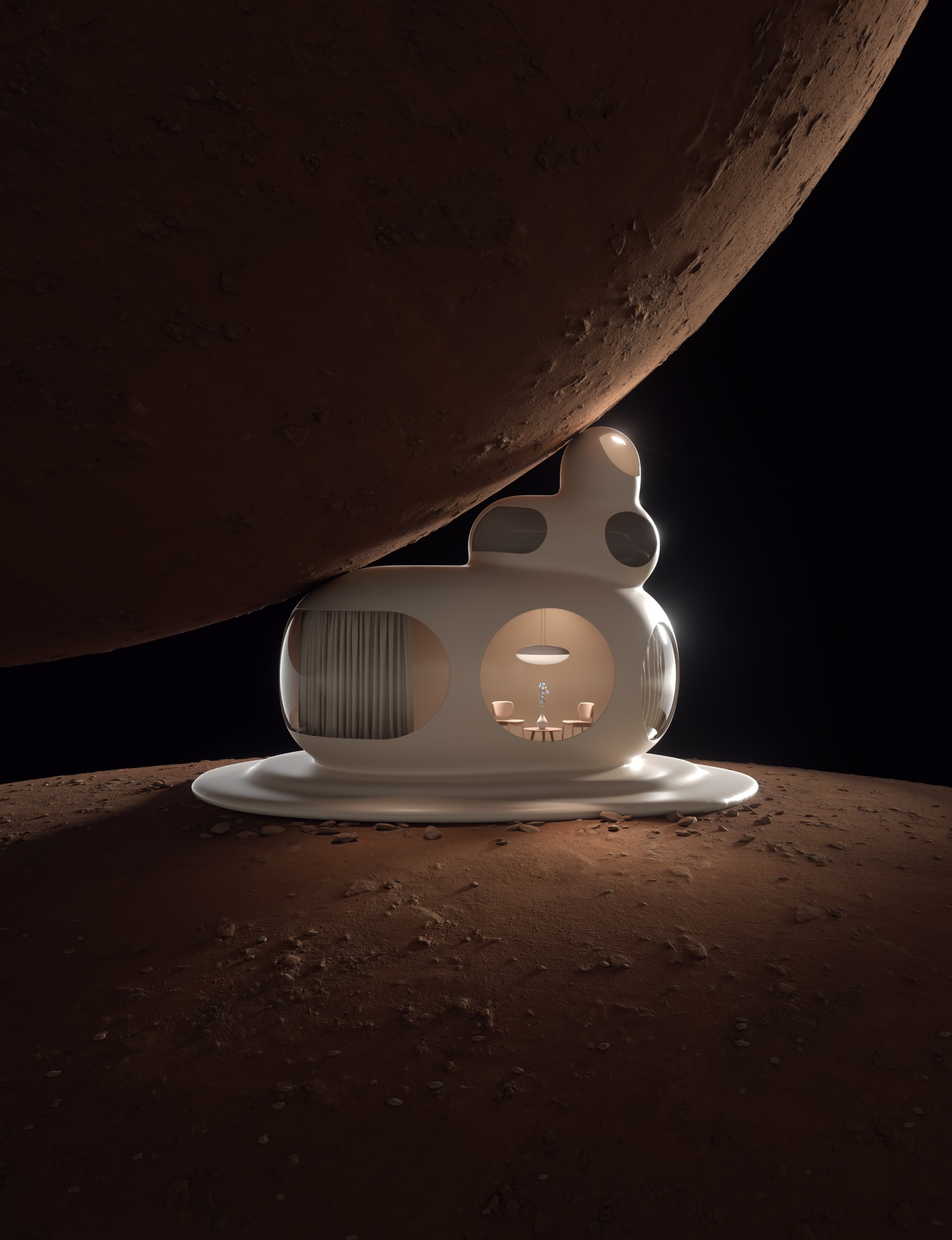
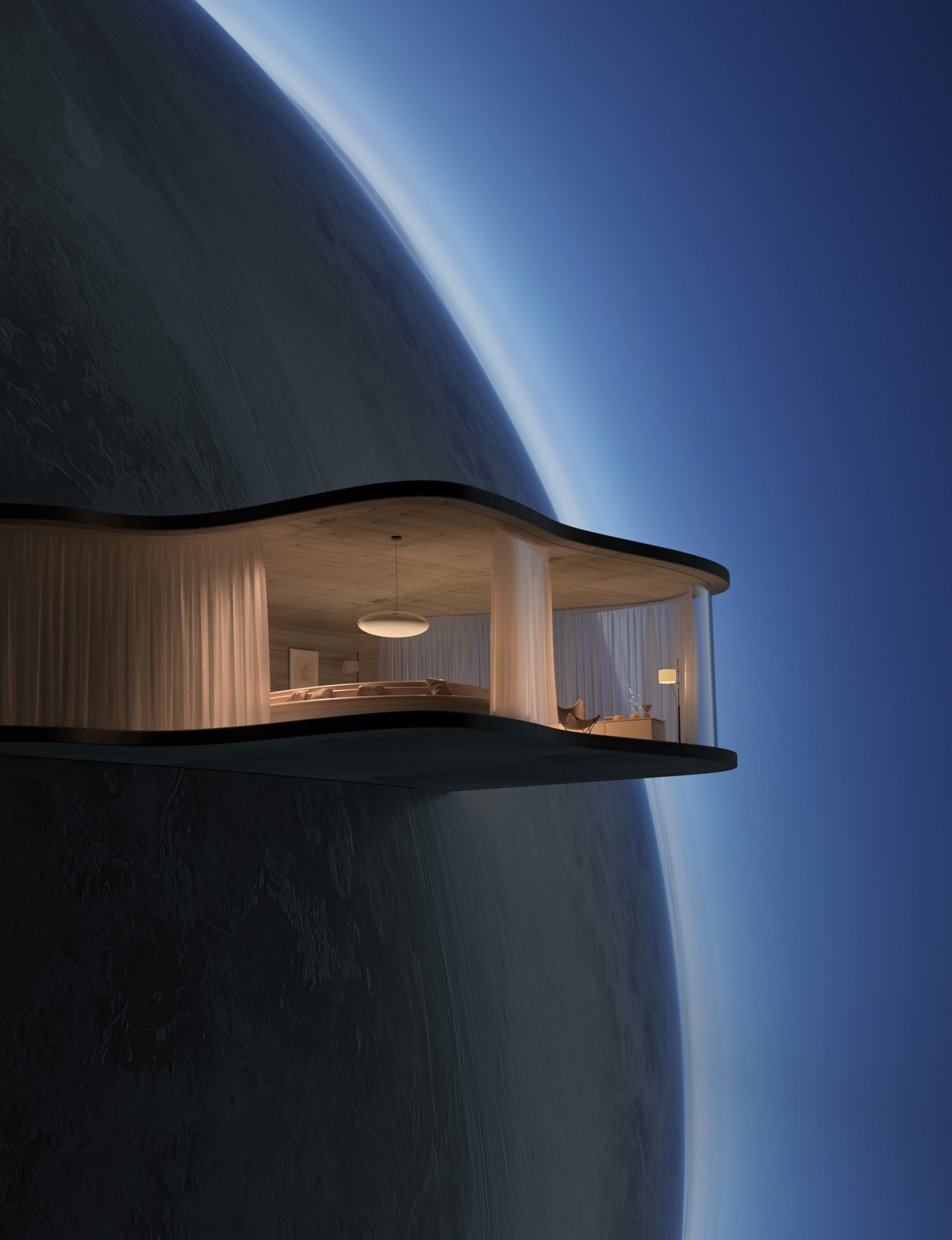
What is your view on the relationship between digital art and traditional art? Do you engage in any traditional form of creating in your free time?
Regarding our work, all these years we have focused on creating without the limitations that may exist in the real world. Somehow trying to take advantage of the benefits of the digital world that allow us to create unreal worlds. My background is in graphic design, and although we create digital spaces and objects, I do not have much knowledge of technical issues of architecture, construction, and industrial design. Thus, I would say that our designs start by prioritizing the conceptual and aesthetic. We spend a lot of time making the result look as real as possible so we can play with the viewer's confusion. In other words, the digital world is unlimited for me and I create my imaginary worlds and projects, where I correct everything I don't like or can't do in the real world, which has its limitations.
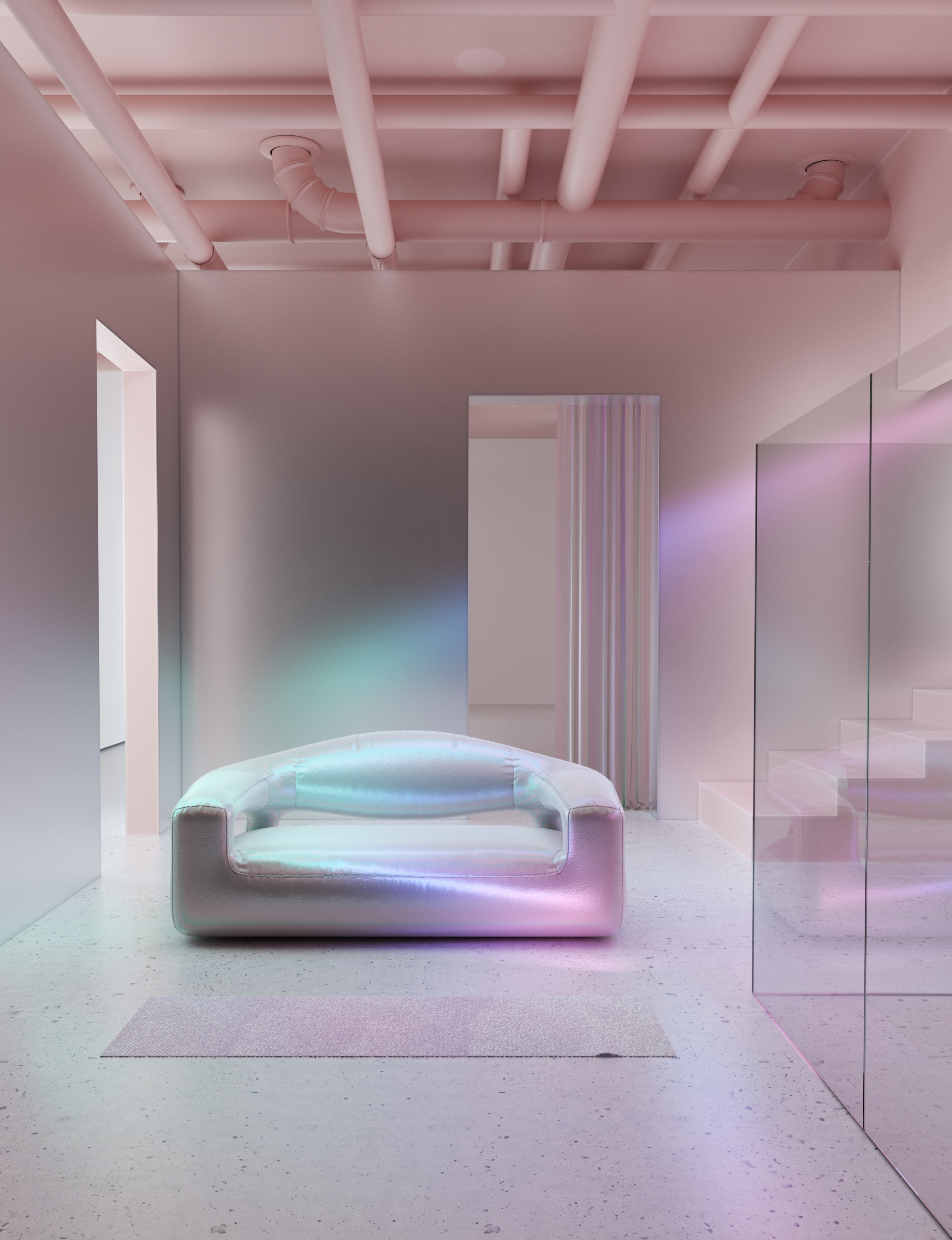
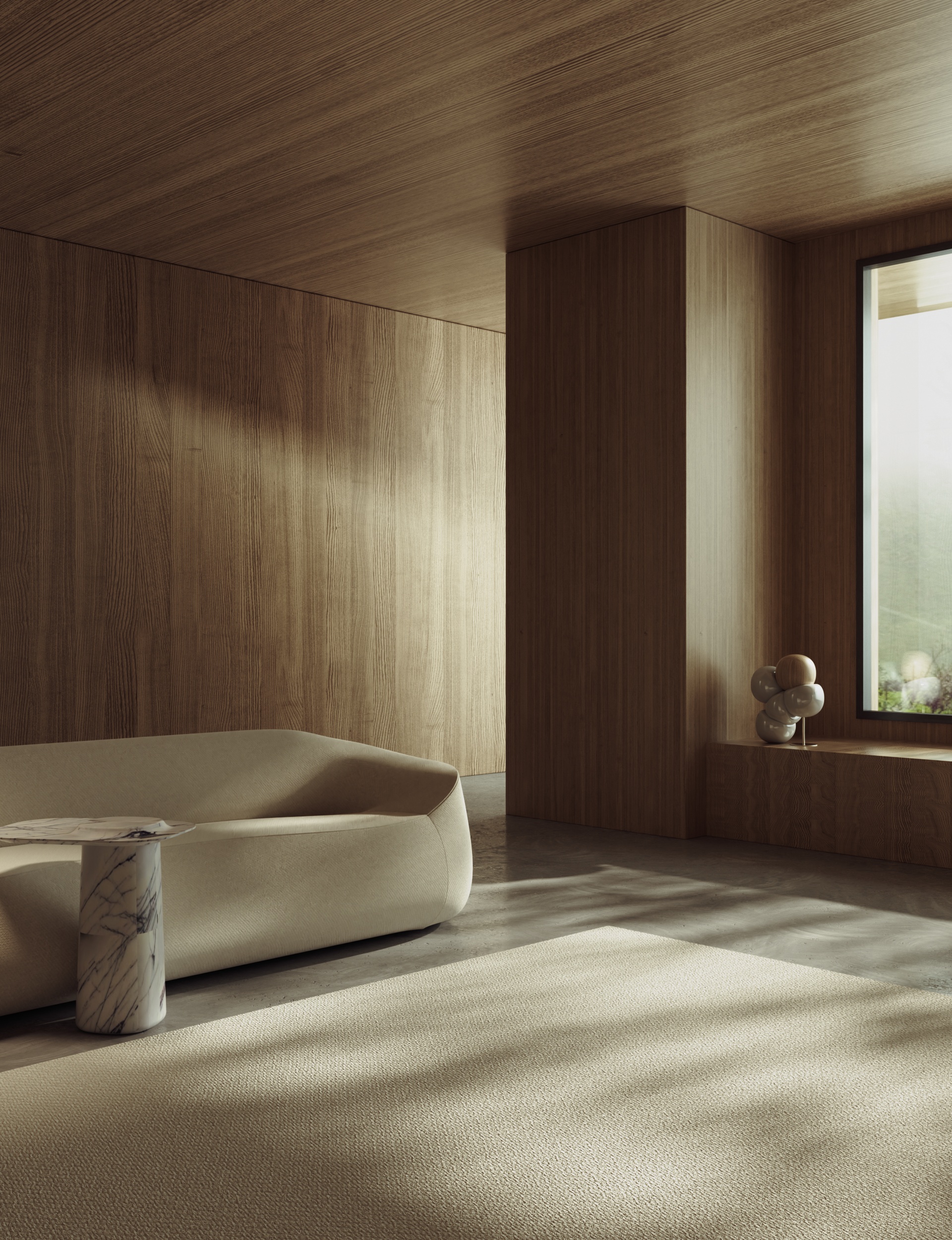
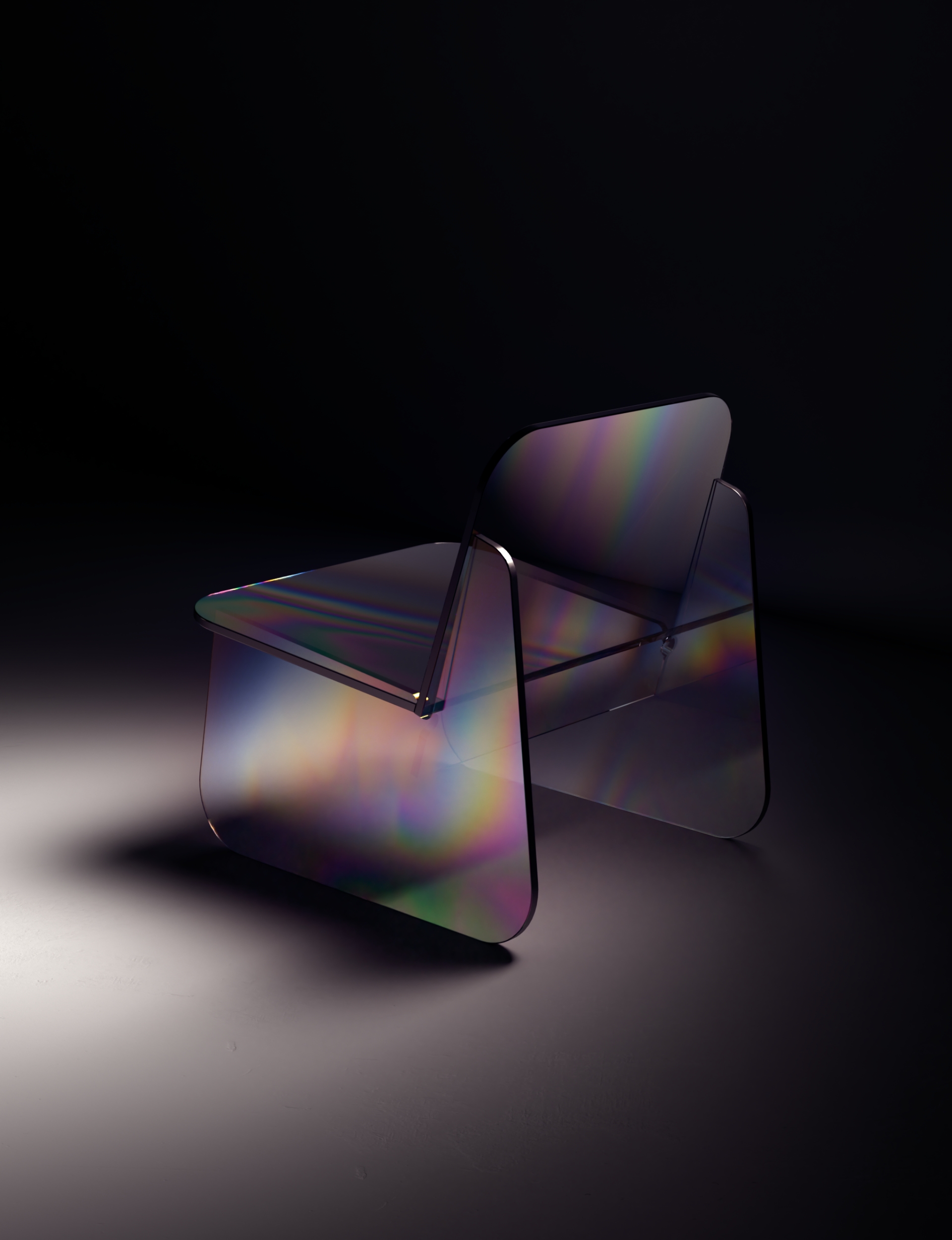
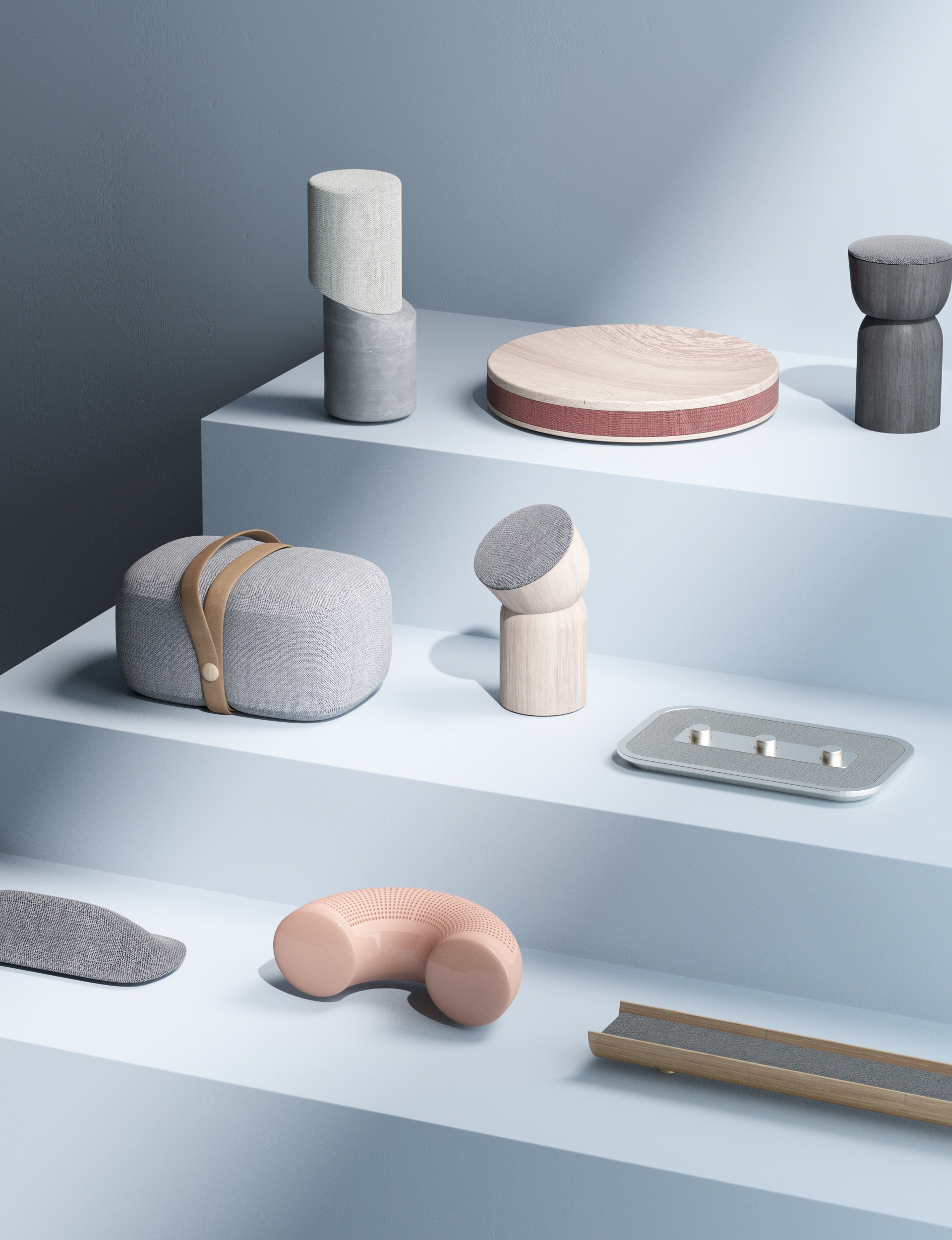
What is the best advice you have received, and what advice would you give to today’s young creatives?
Try to implement these words every day: Passion, Dedication, Commitment, Confidence, Consistency, Persistency. Passion is doing what you deeply love. Dedicate as much time as possible to it with commitment and sacrifice things that other people prefer not to do. Sometimes you’ll fail. You’ll feel bad. You’ll feel you won’t be able to accomplish what you're hoping to and, just at that moment, remember this killer combo: Consistency, Confidence & Persistence. It will take time, but when you’ll realise it, you’ll be where you wanted to be.
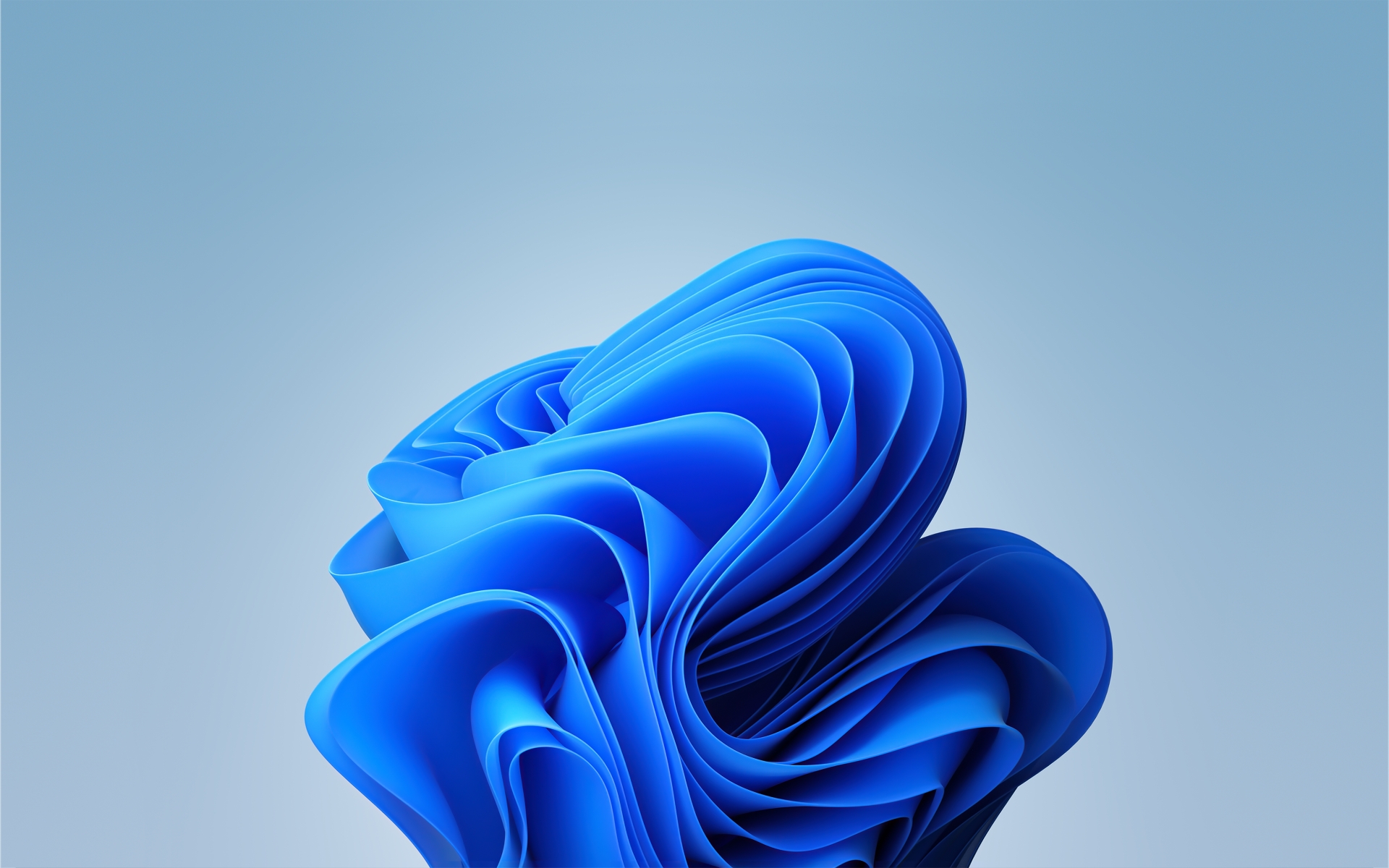
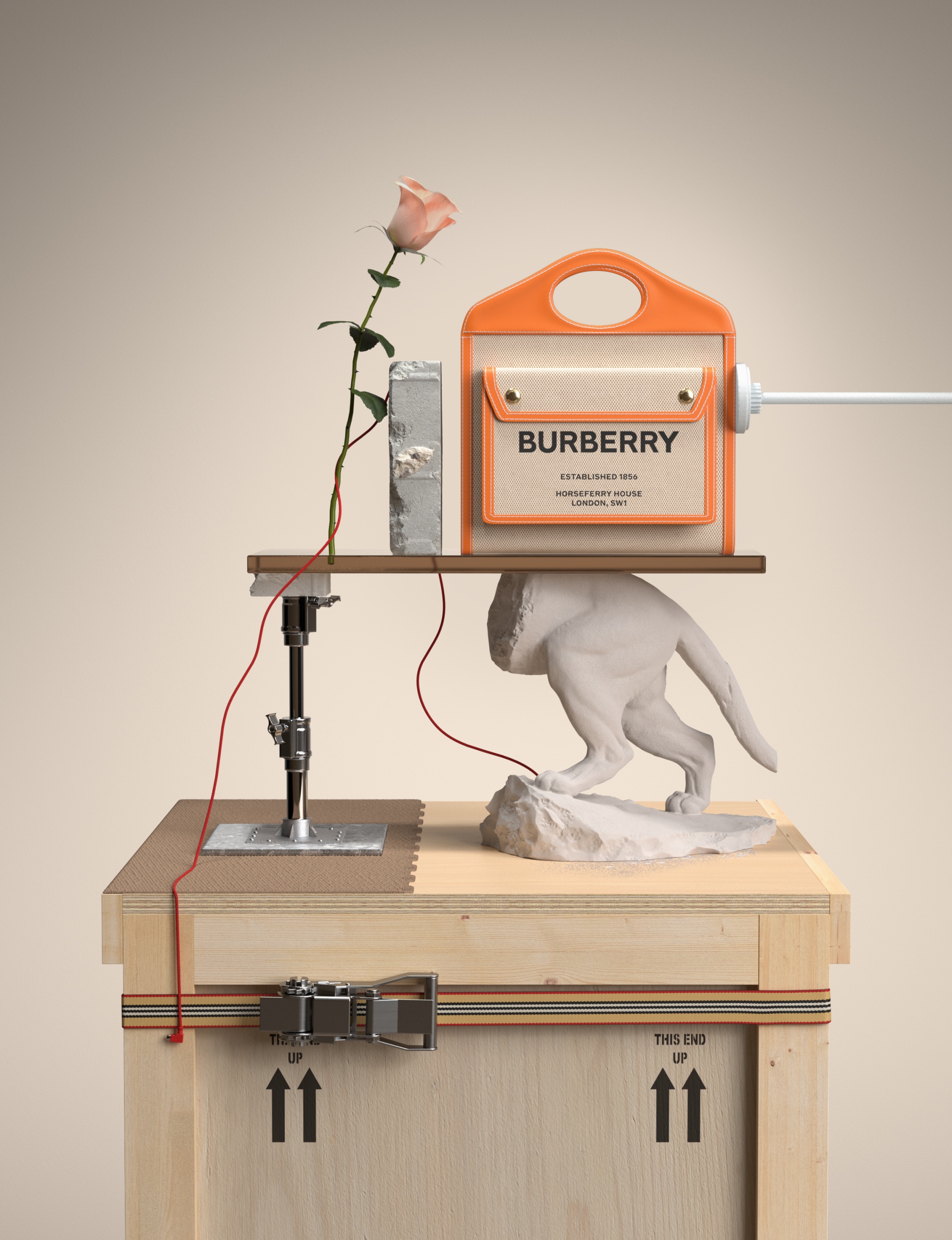
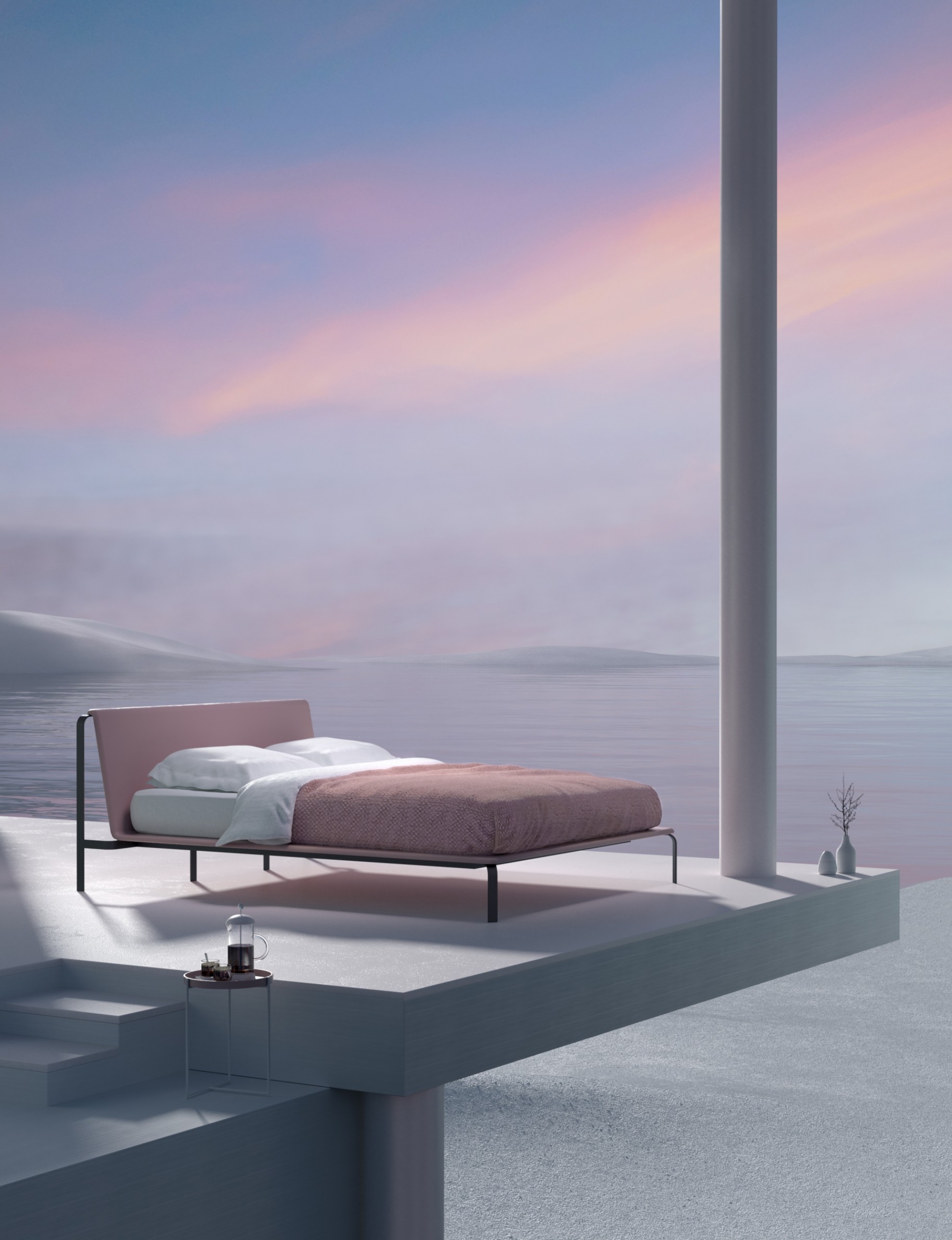
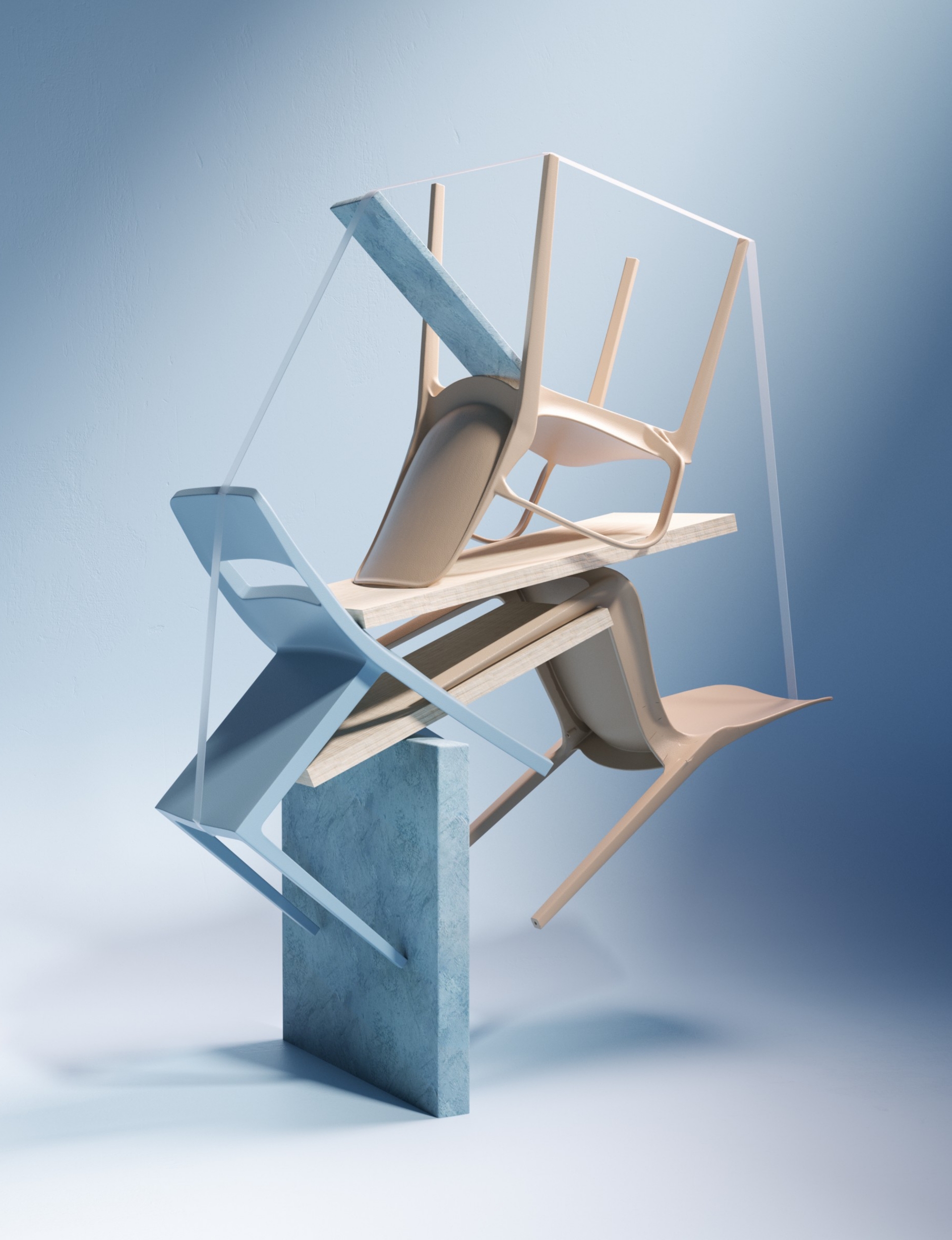
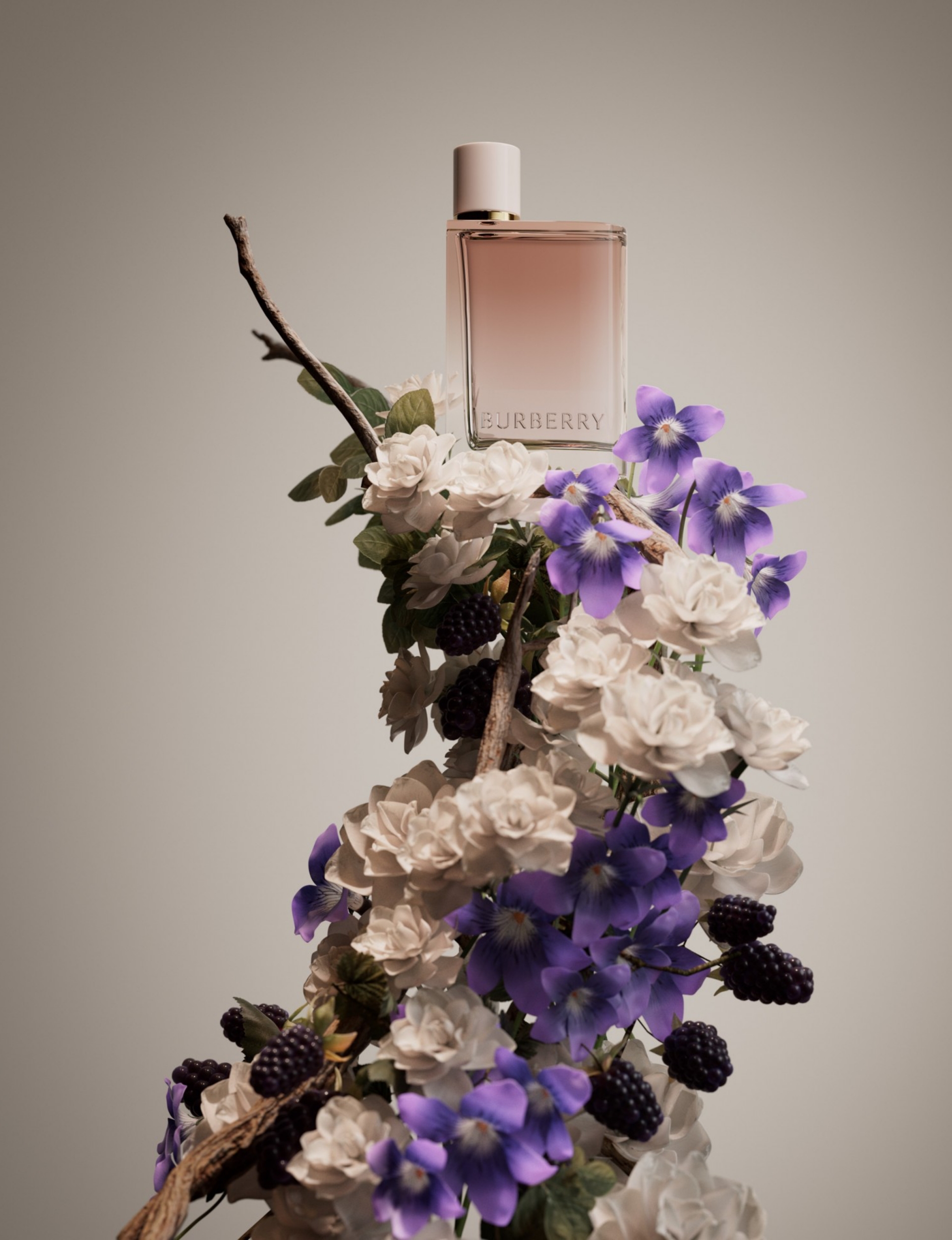
You recently unveiled a new office space in Barcelona designed by Isern Serra, congratulations! How long did it take for the beautiful space to come to life and how did the collaboration begin? What was your brief on this office space?
Isern played a major role in this. In the initial stage, we went through several proposals, different types of shapes, and layouts. I felt comfortable with something more minimal and neutral. We were super aligned about the warmth and well-being that the space had to provide. It was fundamental to me that the space can have that feeling of being at home, especially in a place where we spend many hours. At home, I like to have guests, get together for a meal, and share moments. I think our studio transmits all that, much more than expected after a year of trying to have our dream space.
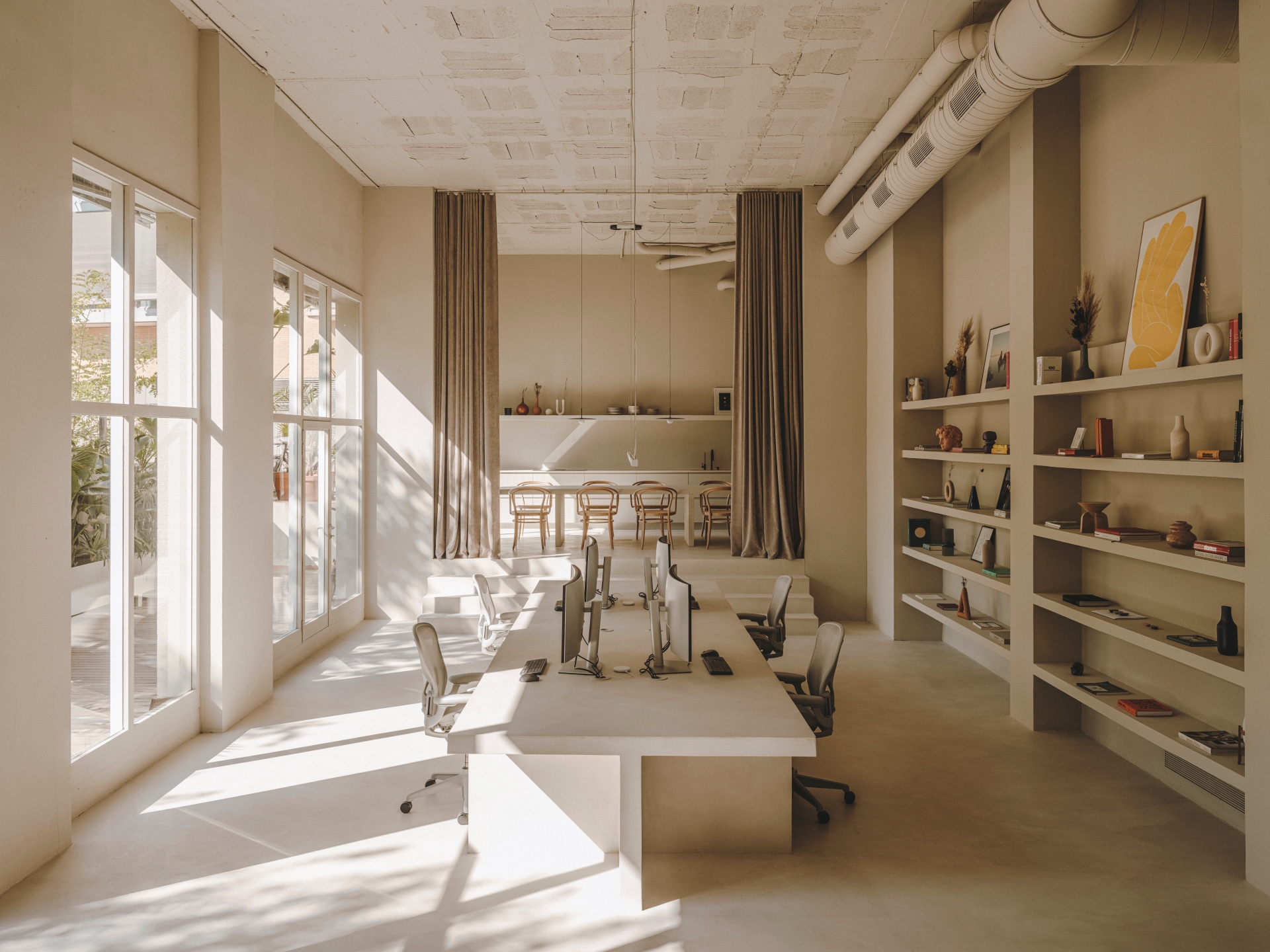
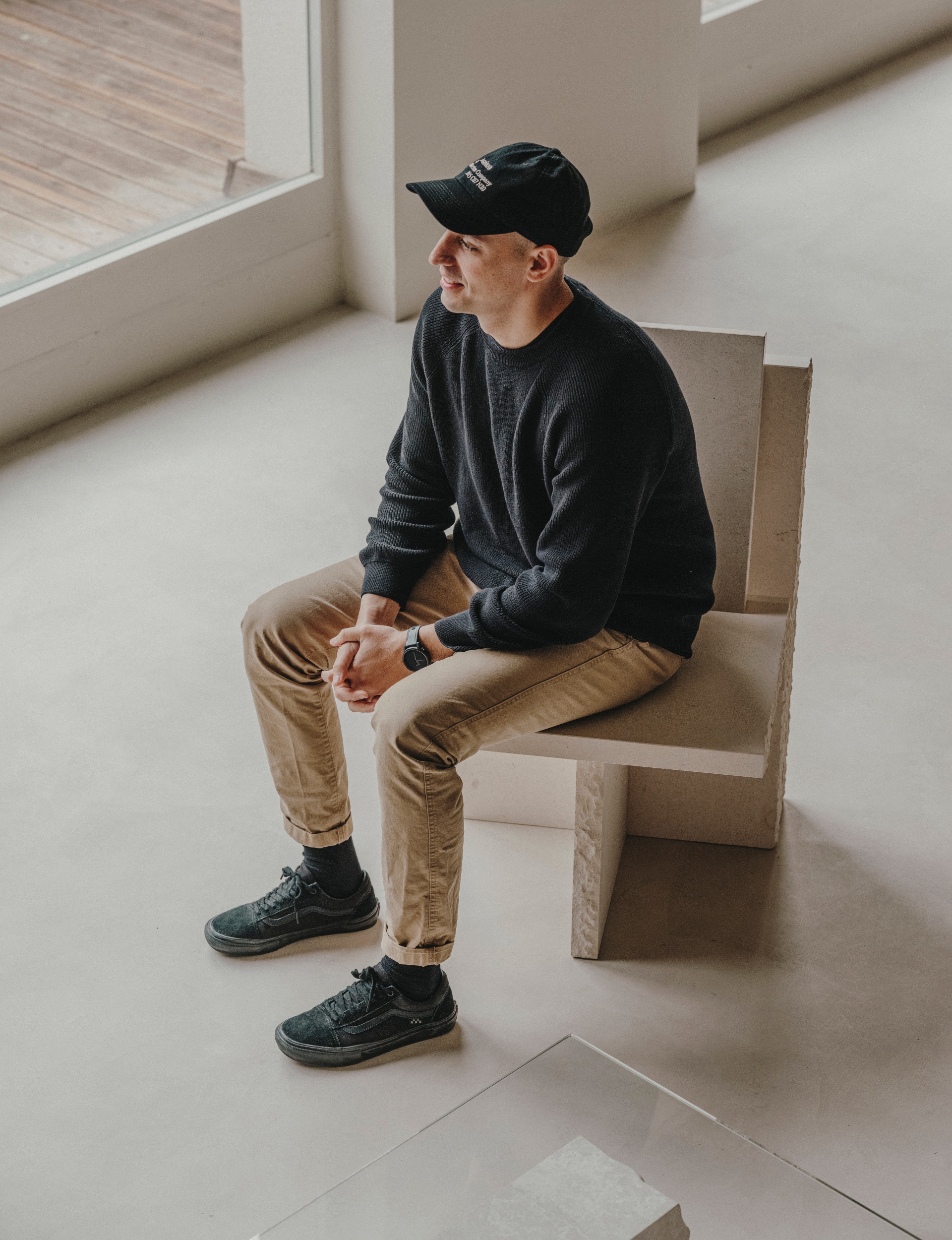
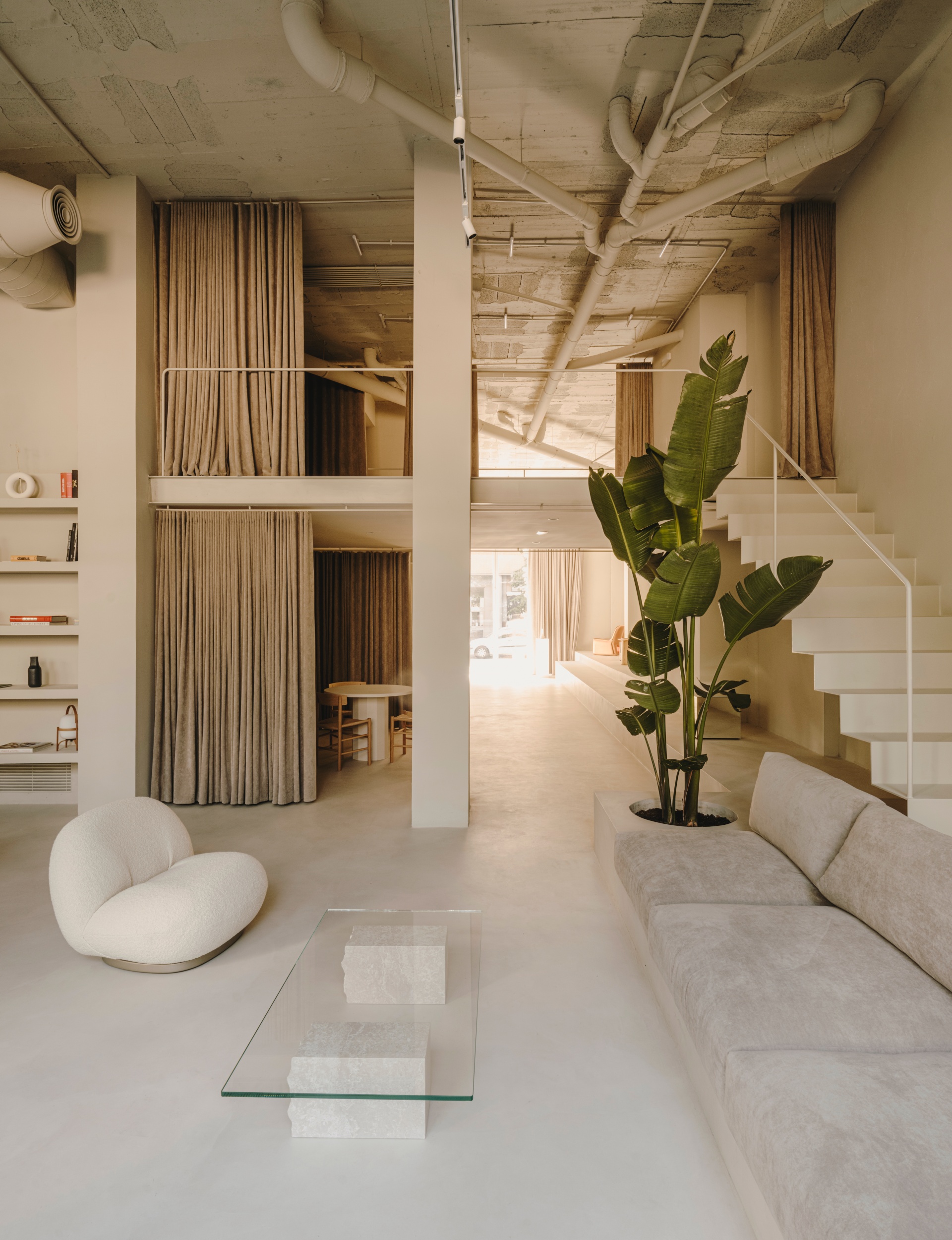
How are you and your team enjoying the space so far? What do you love most about it?
We do enjoy it a lot! The studio is our space for artistic exploration, a multidisciplinary space where we can plan, create and exhibit from an object such as a chair, an artistic image, a short film, or a virtual reality experience. We like the concept that several disciplines and artists can coexist in the same place, and this place is our new home.
